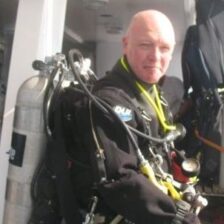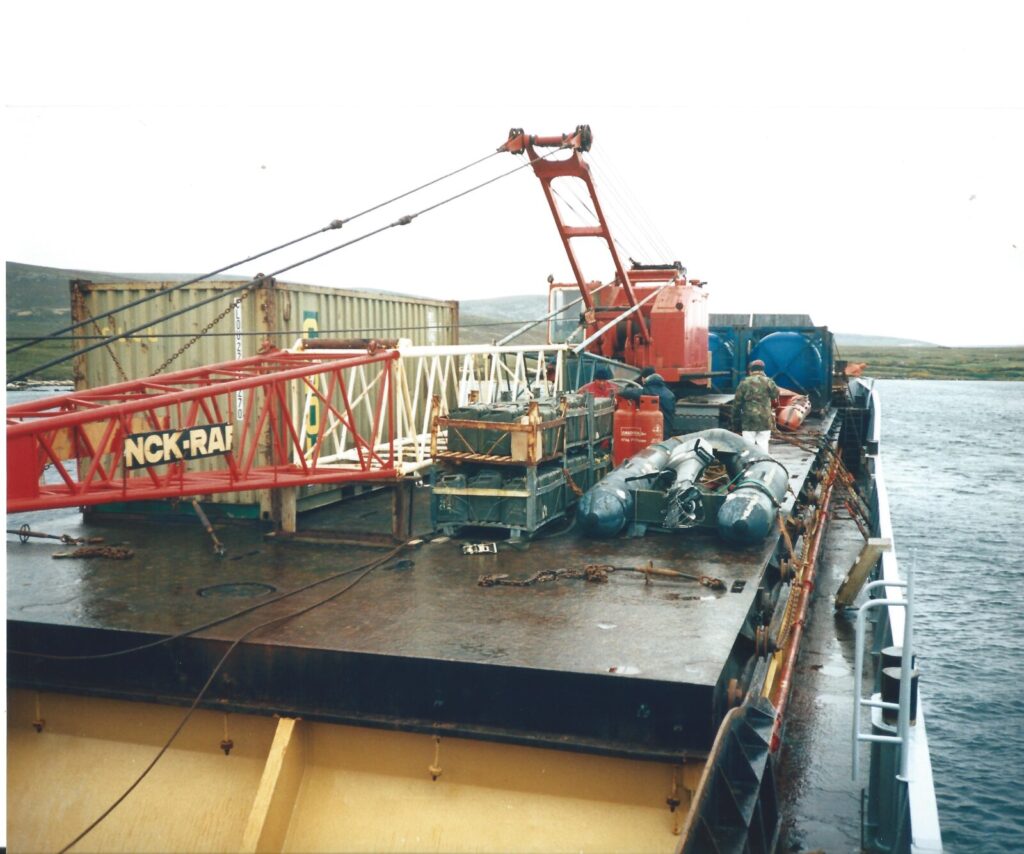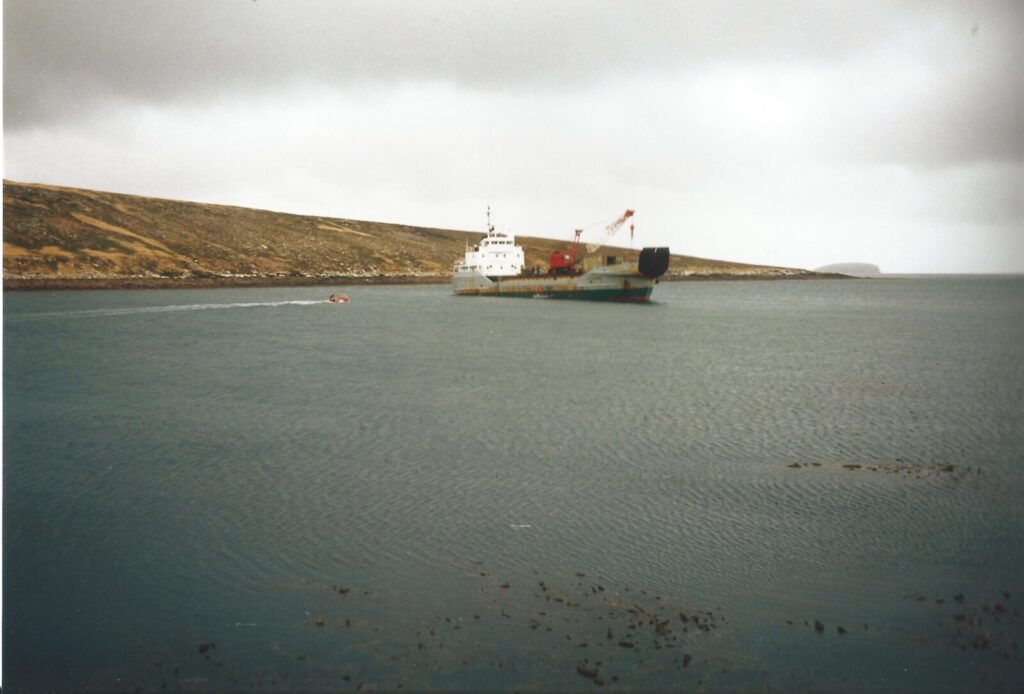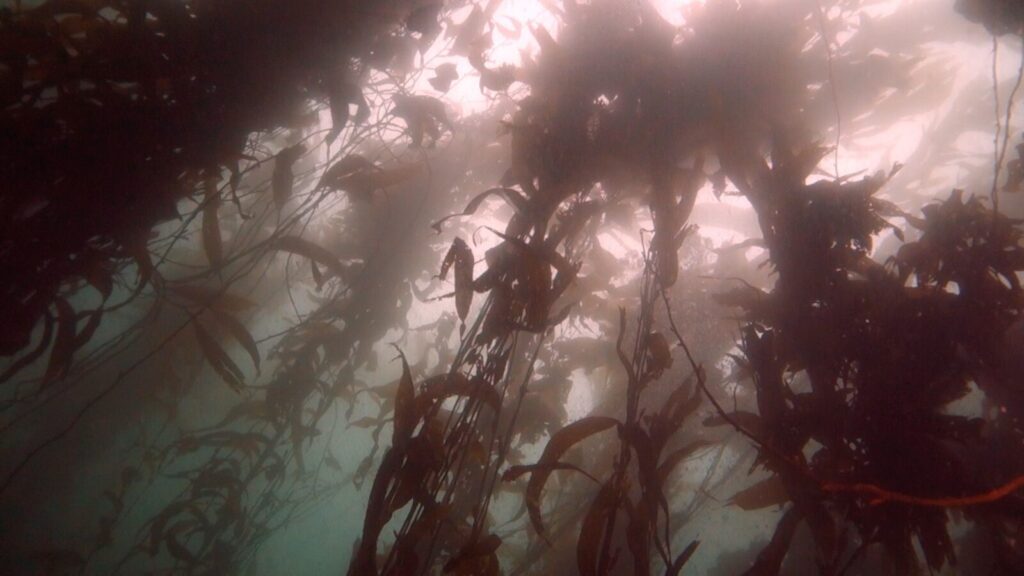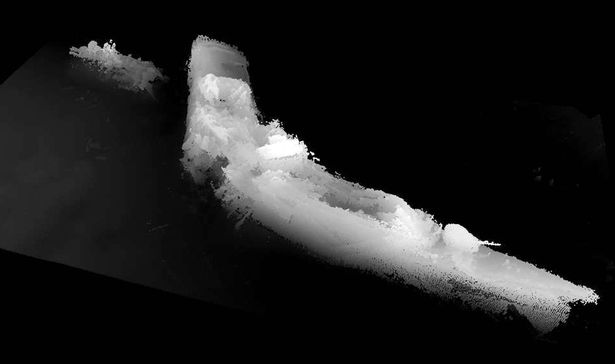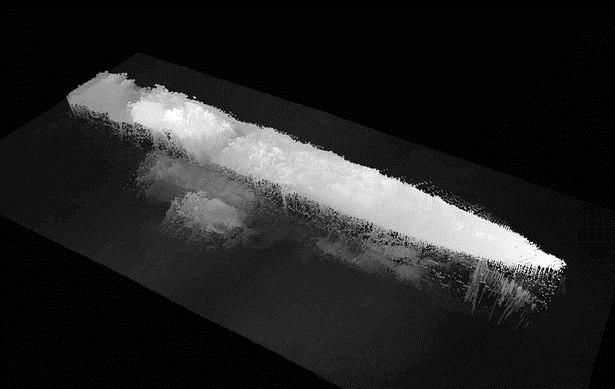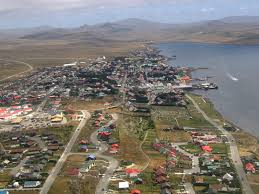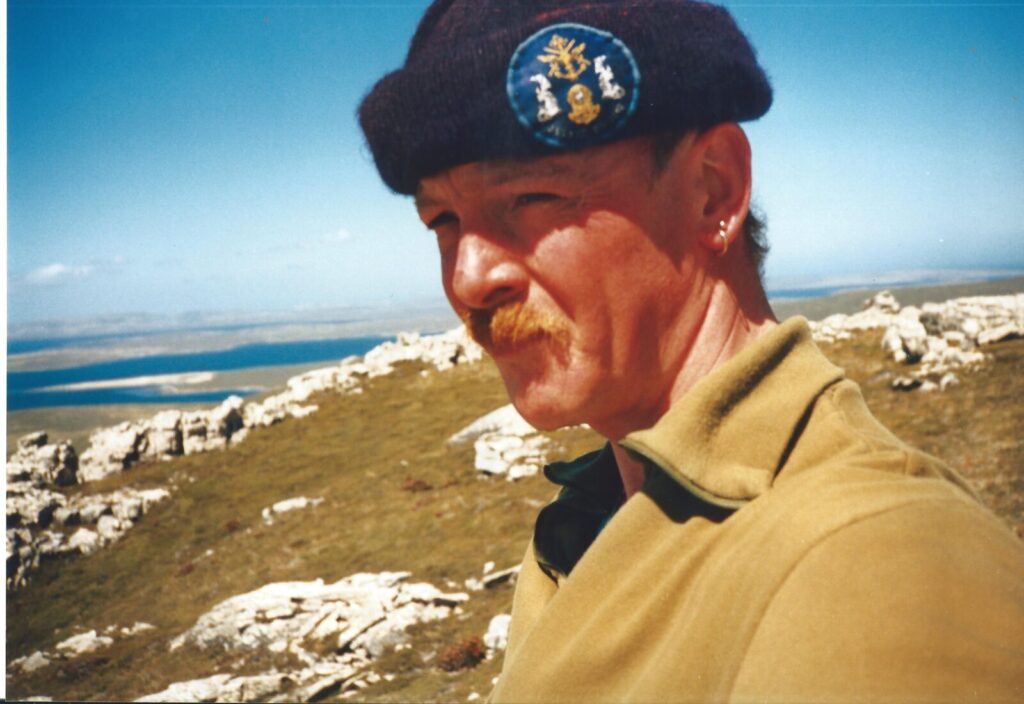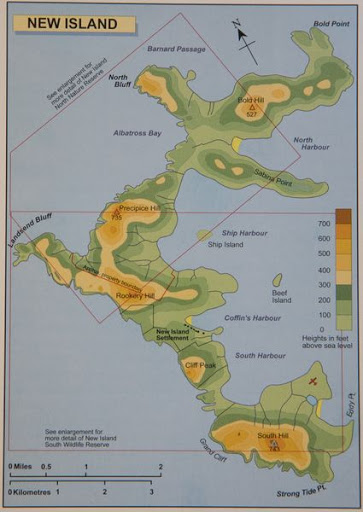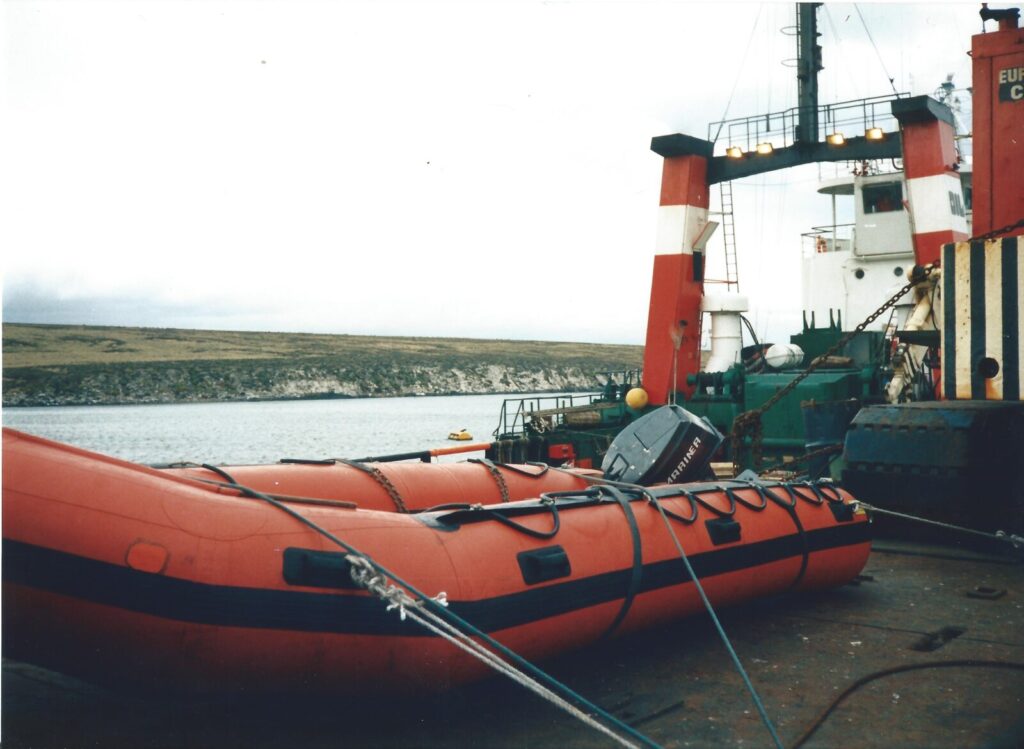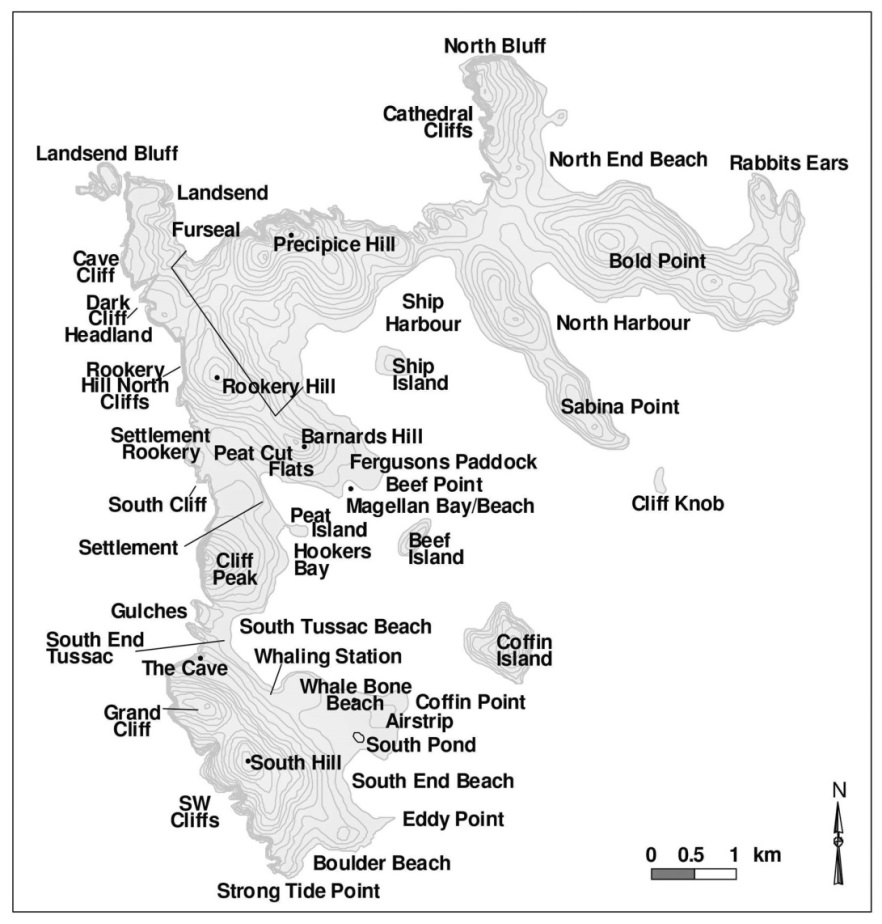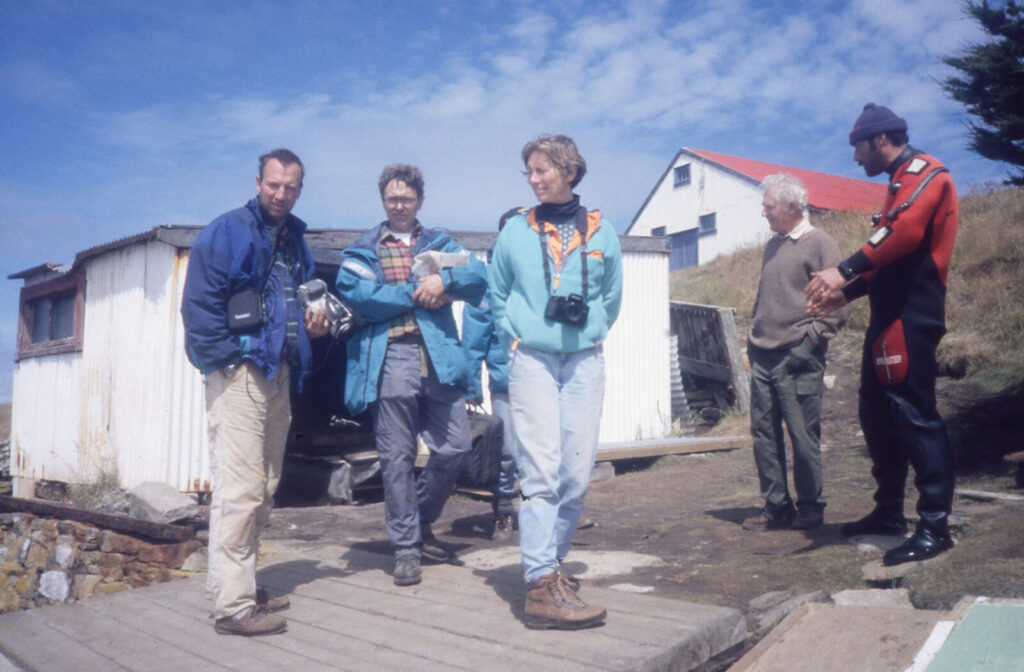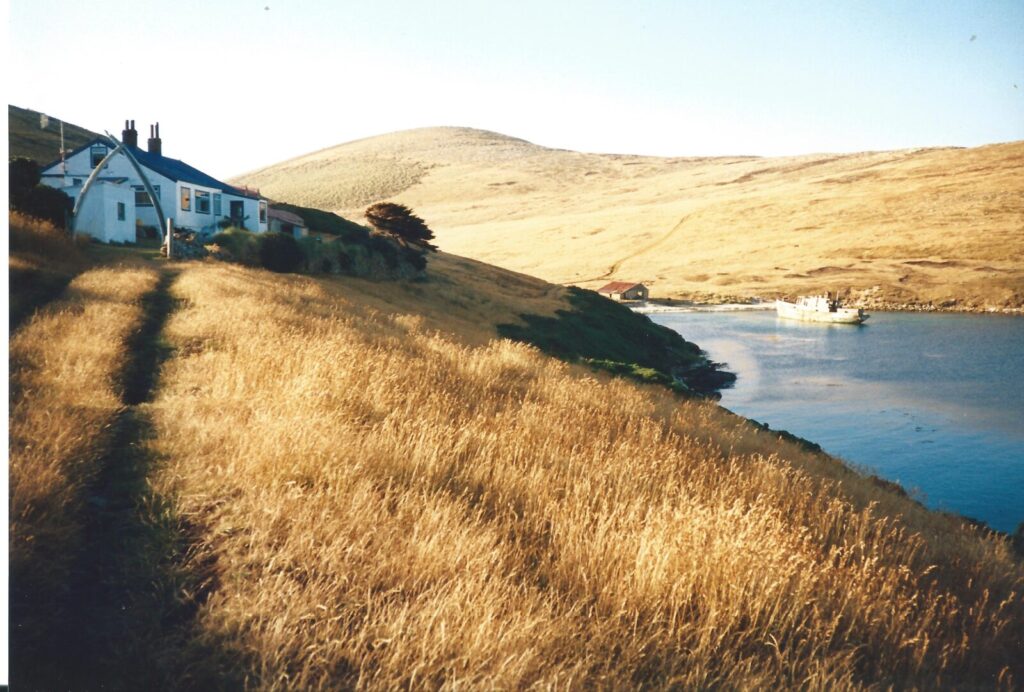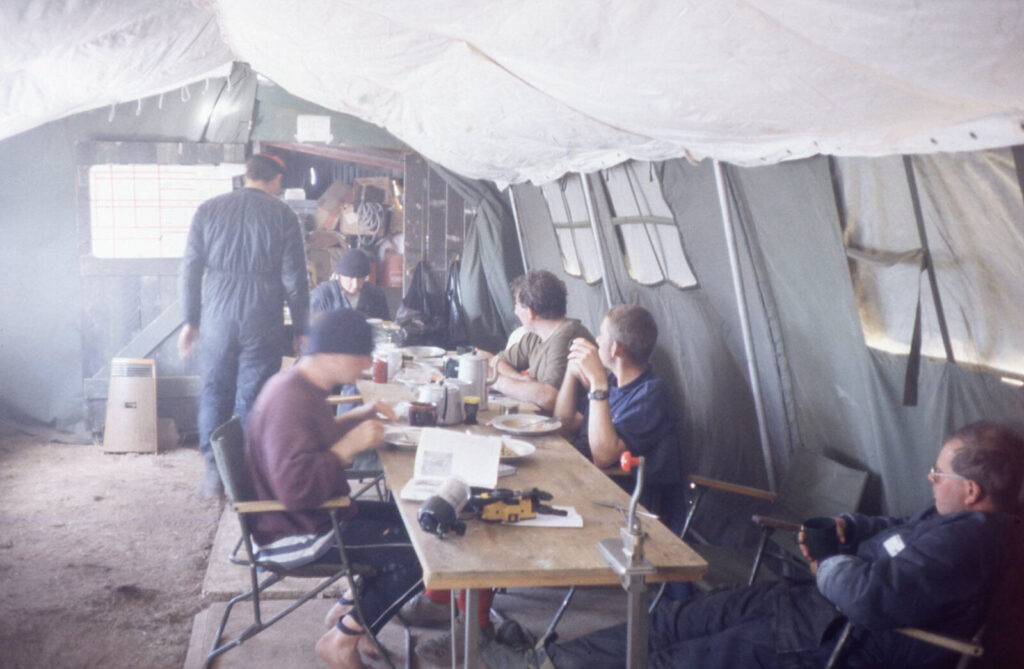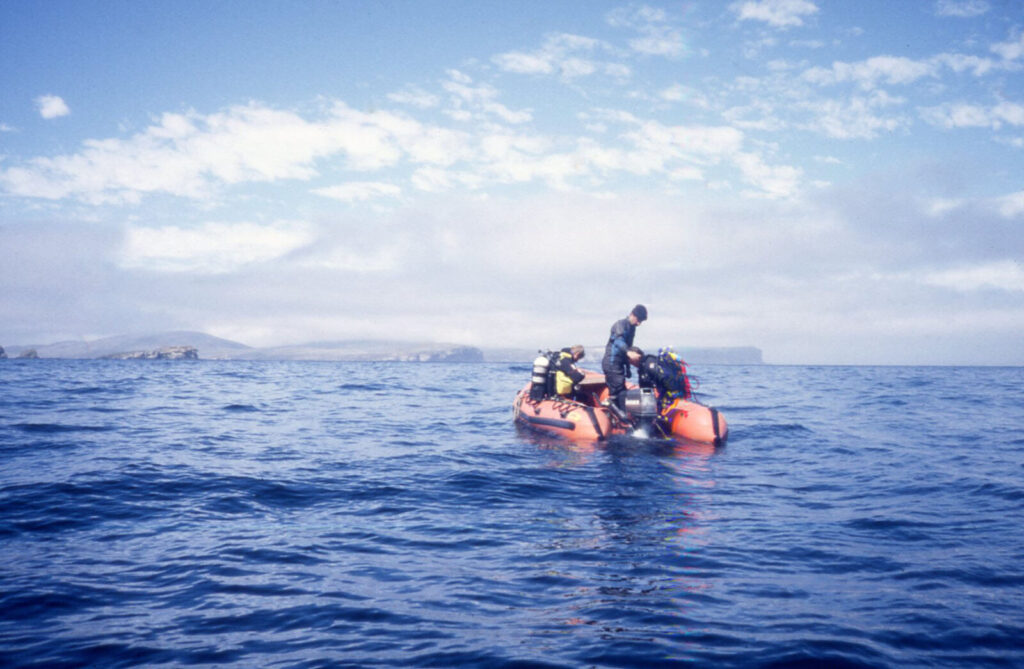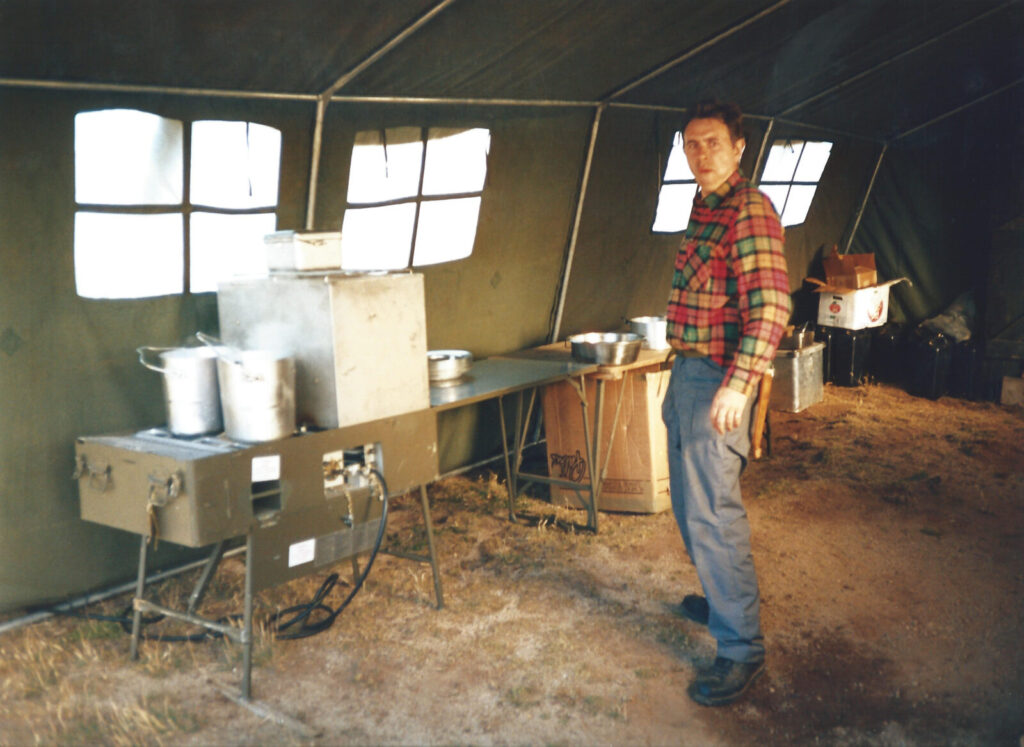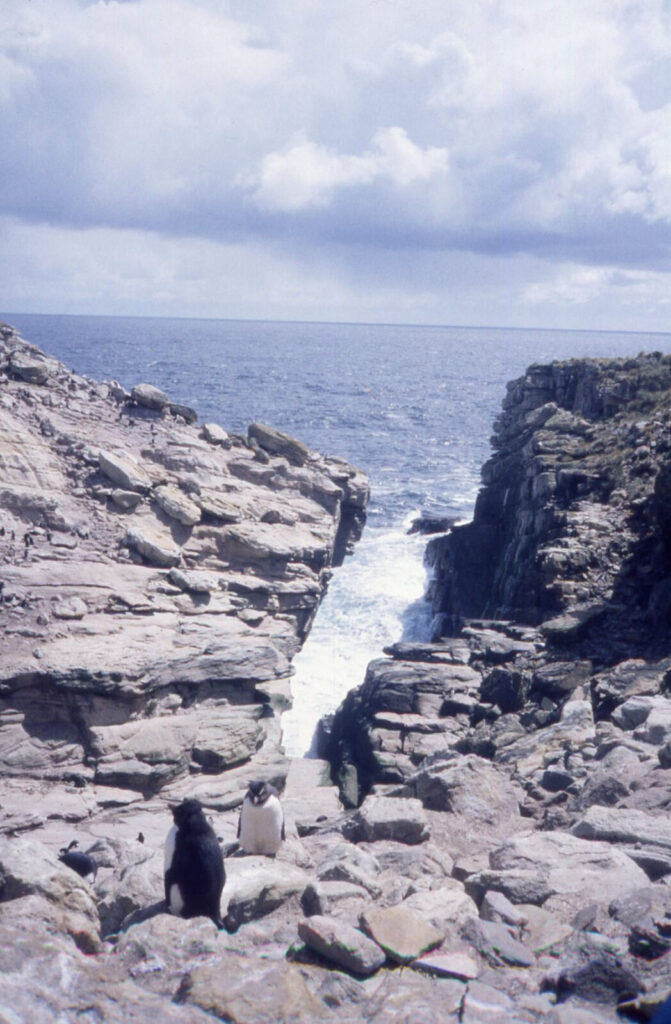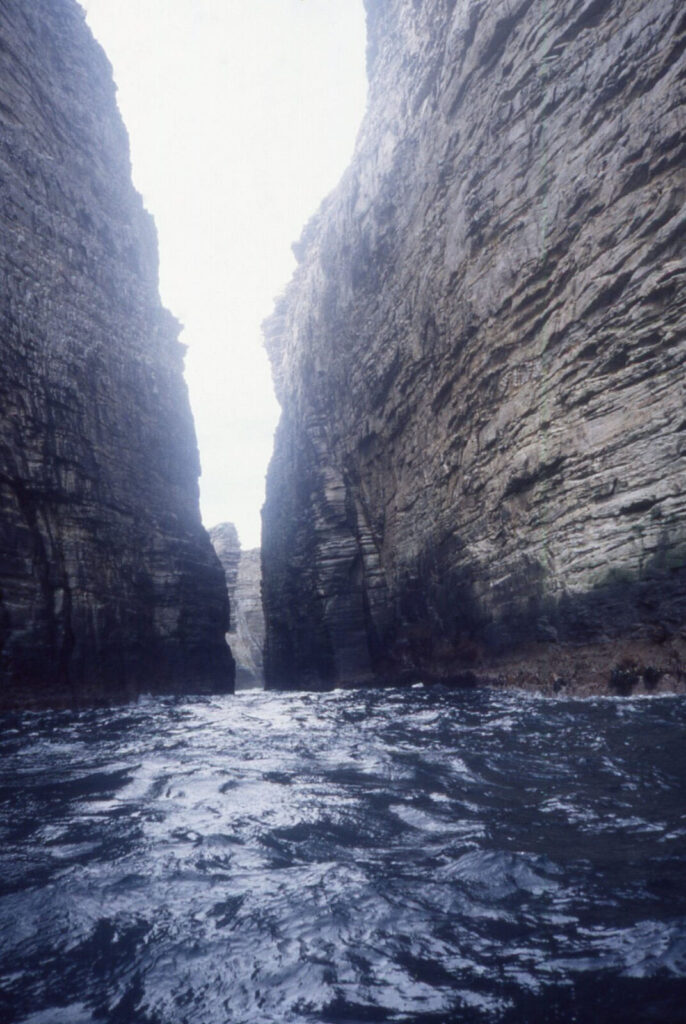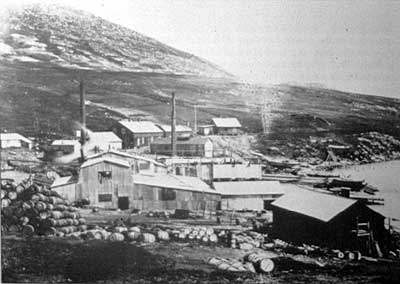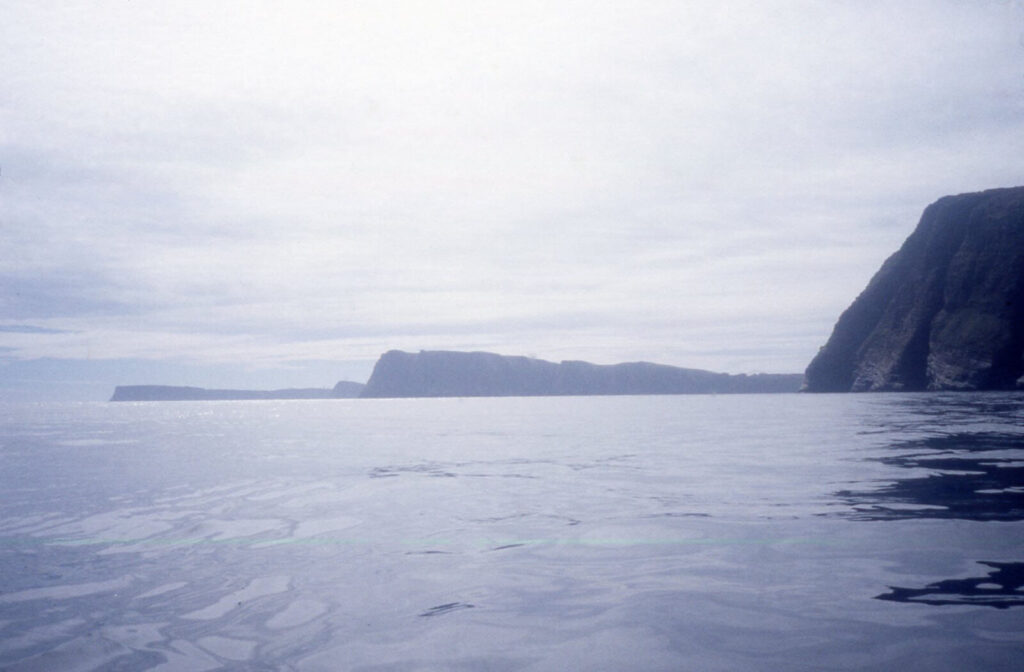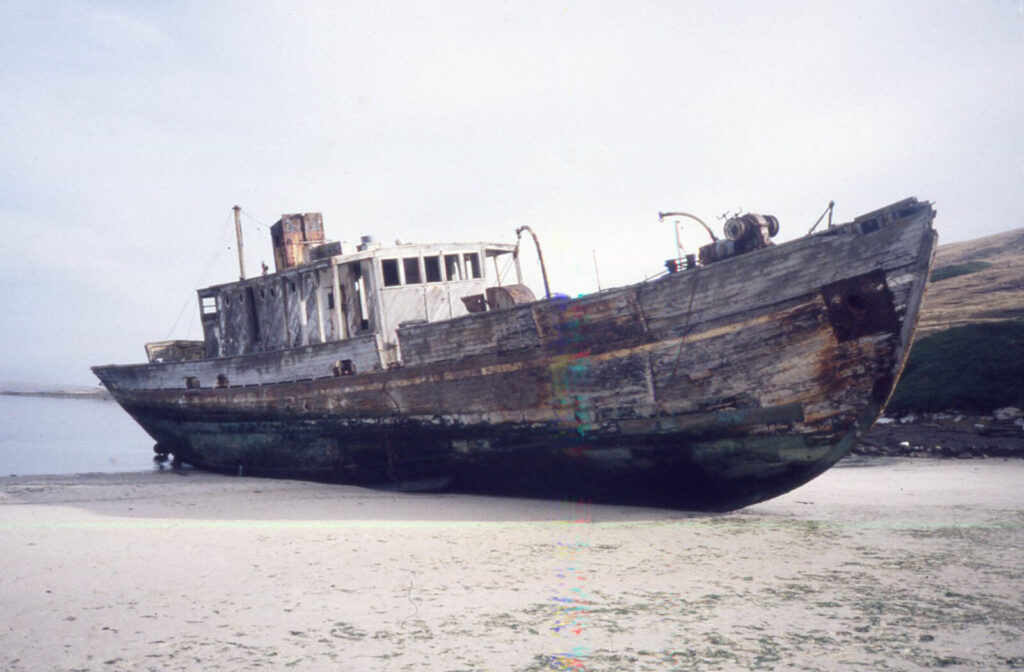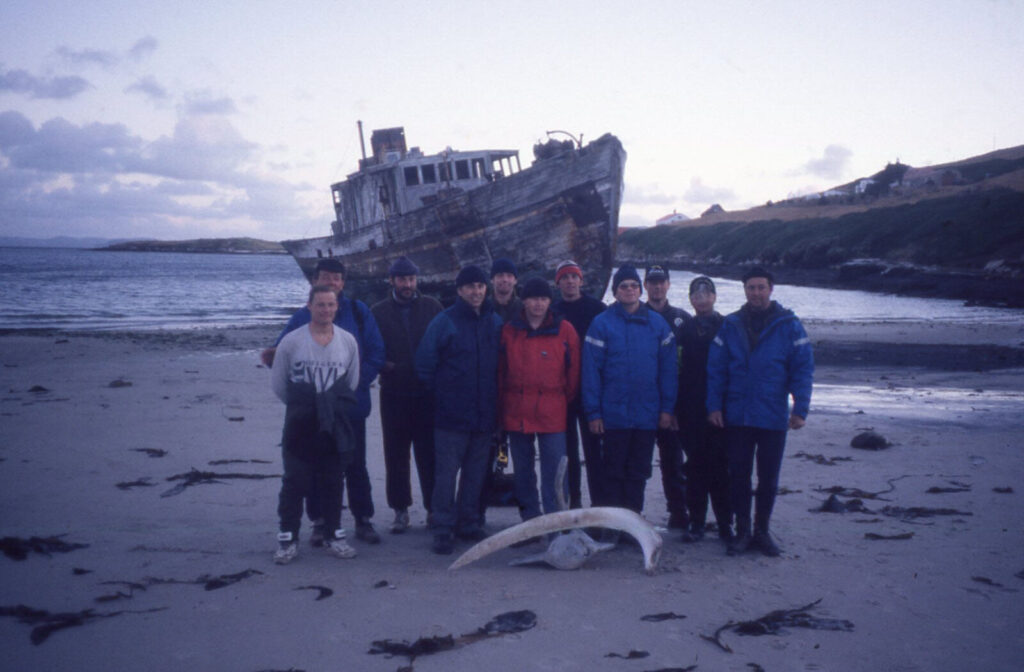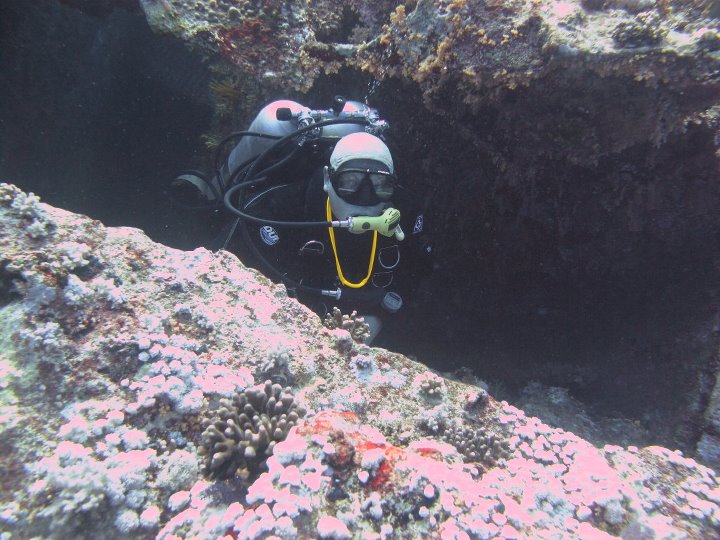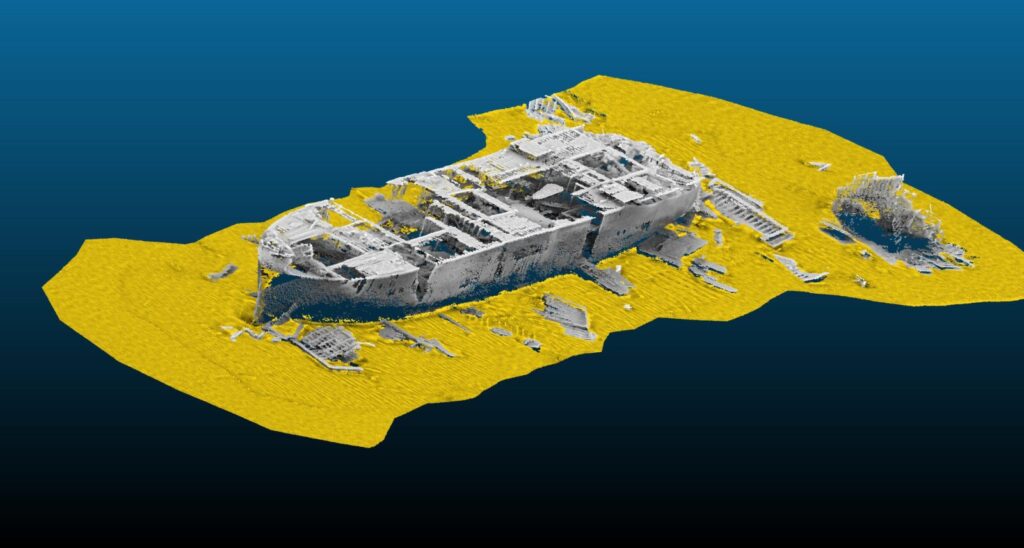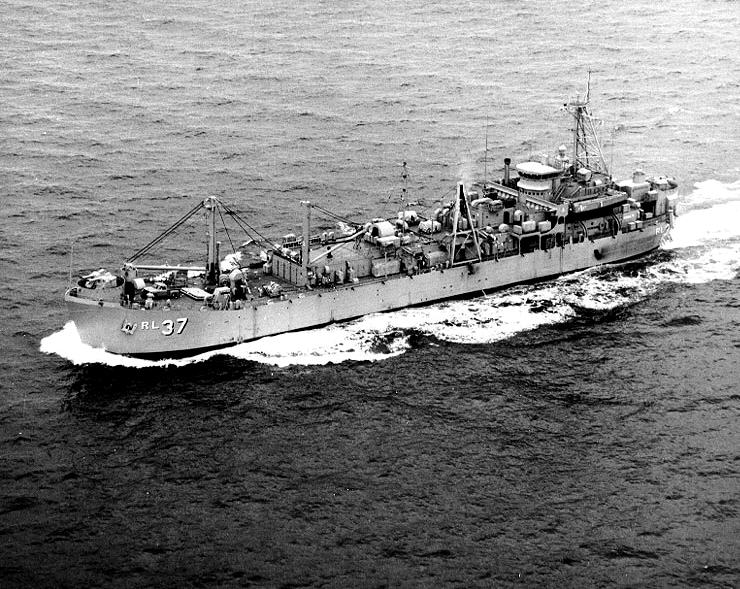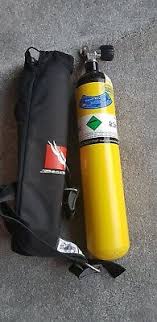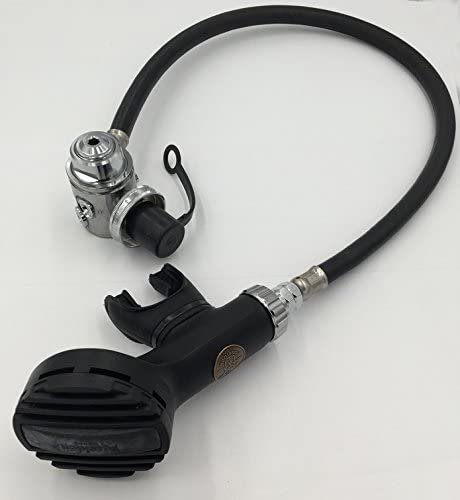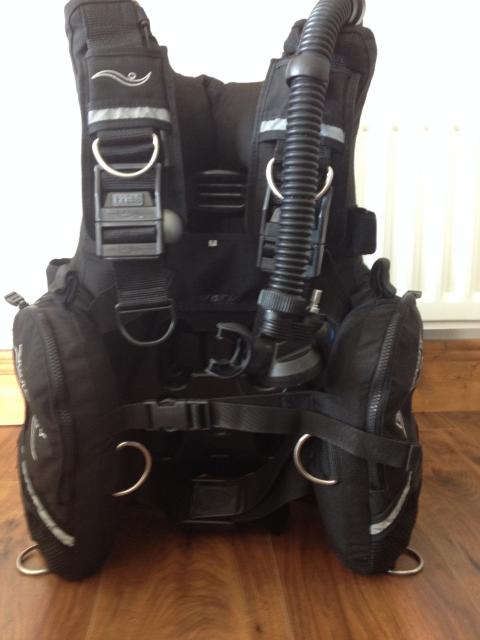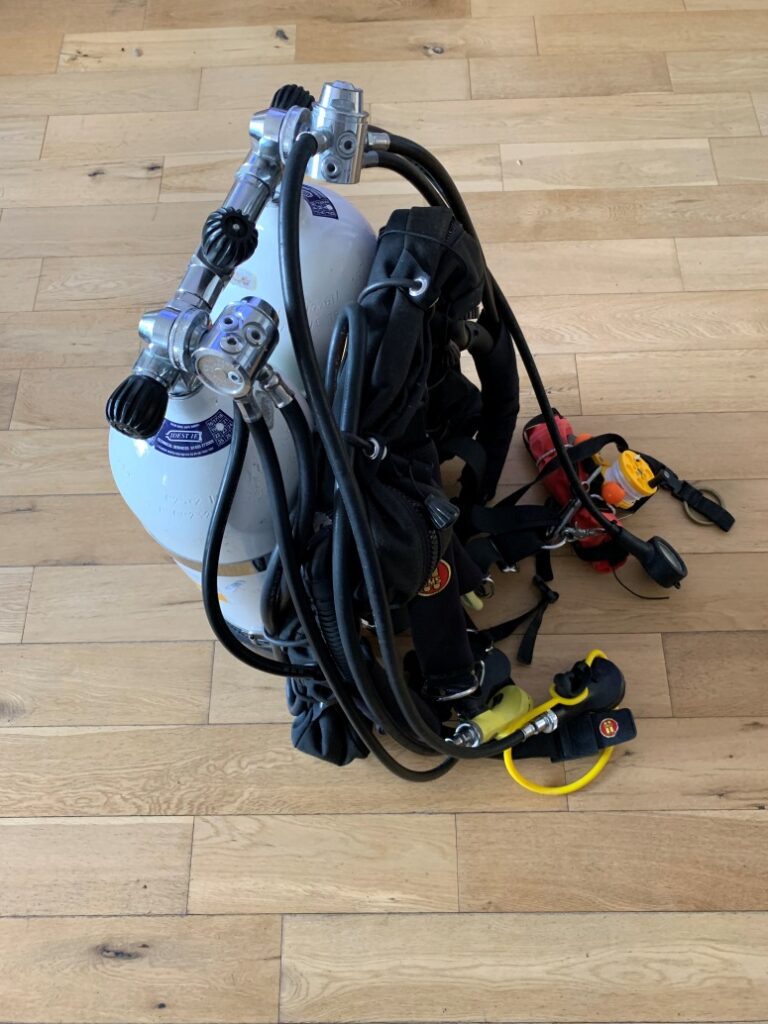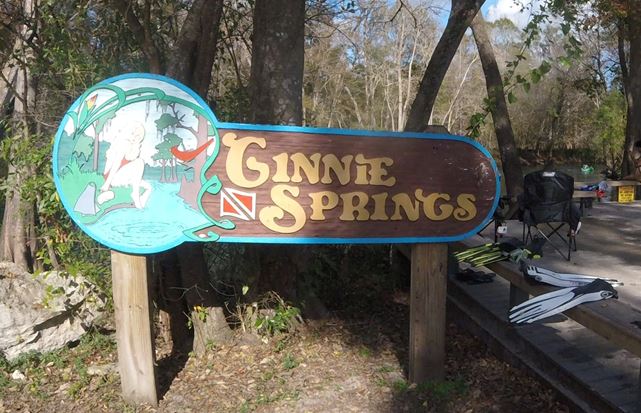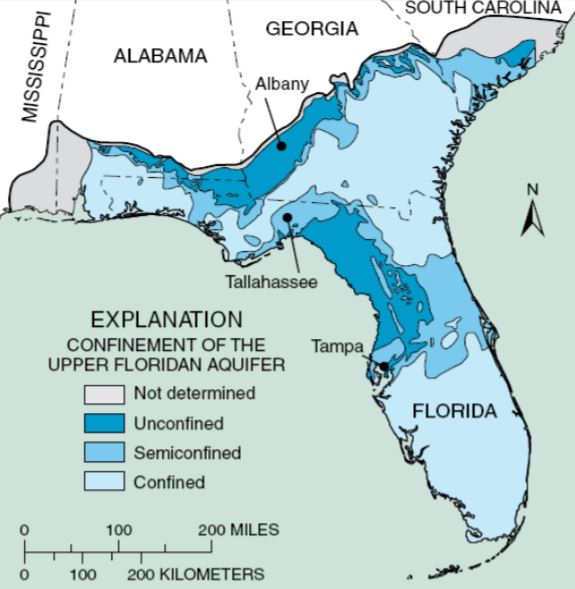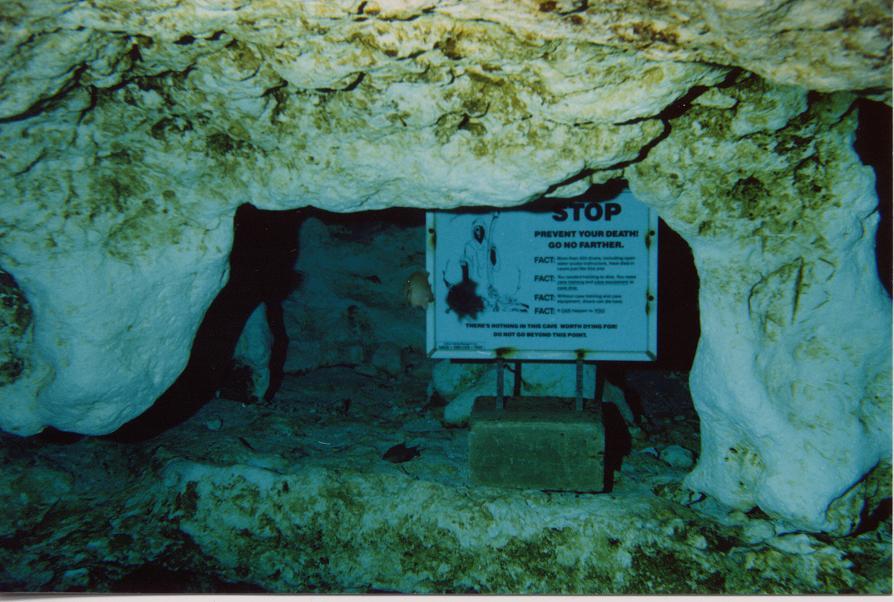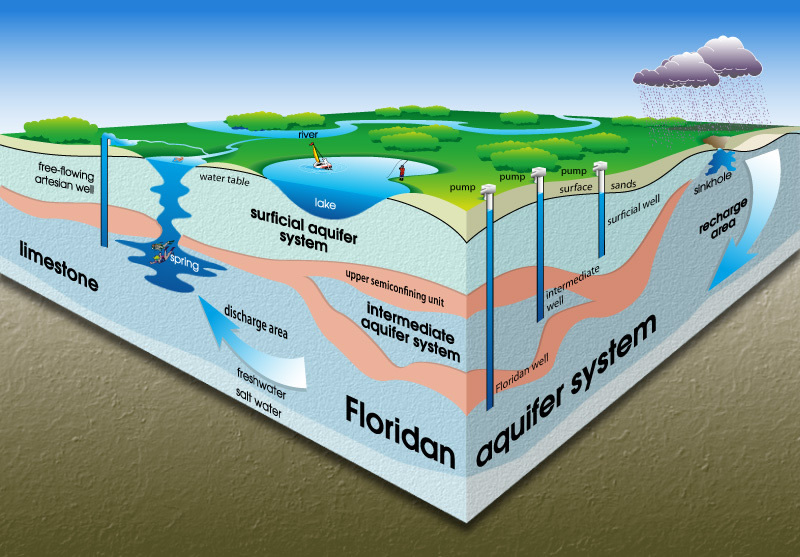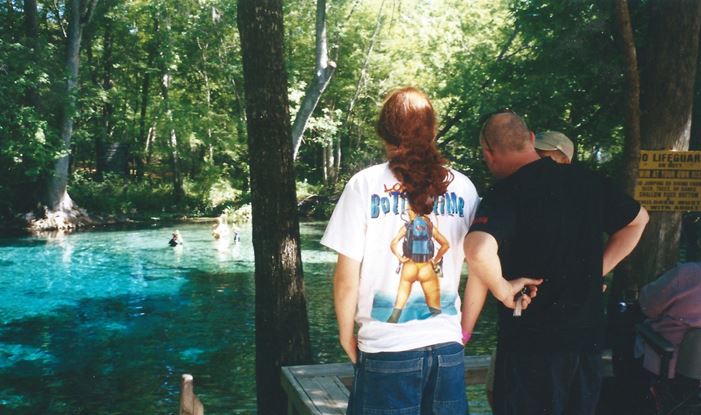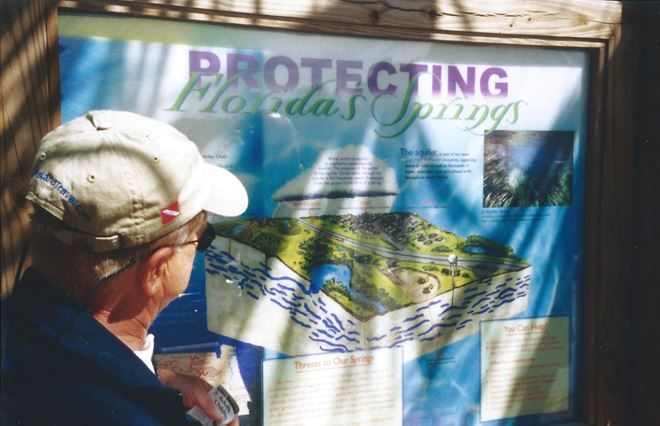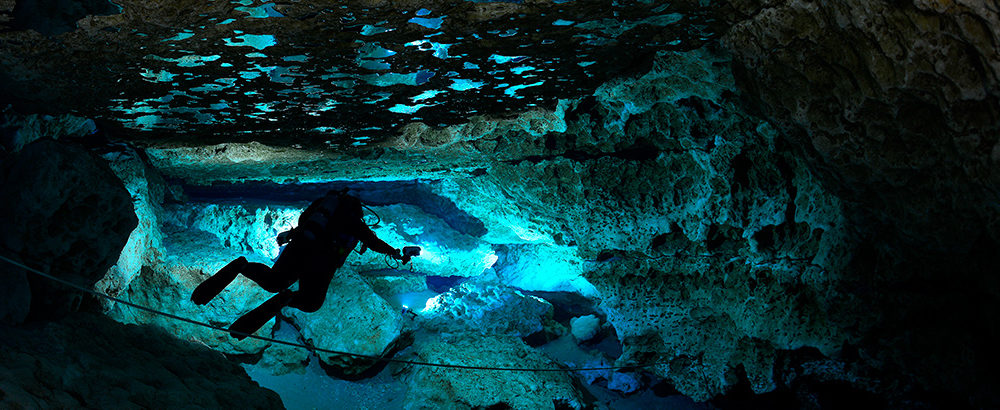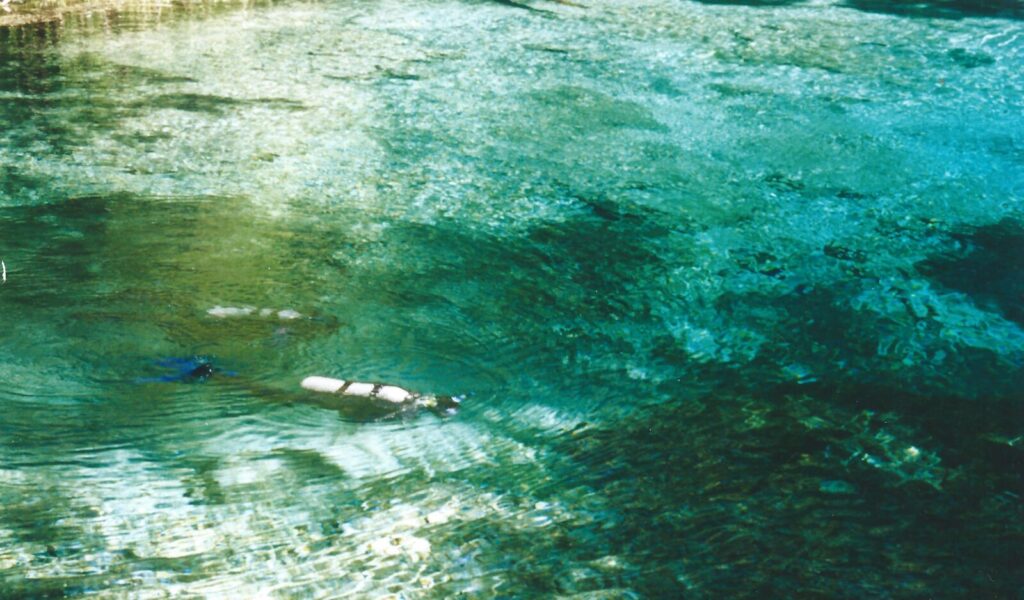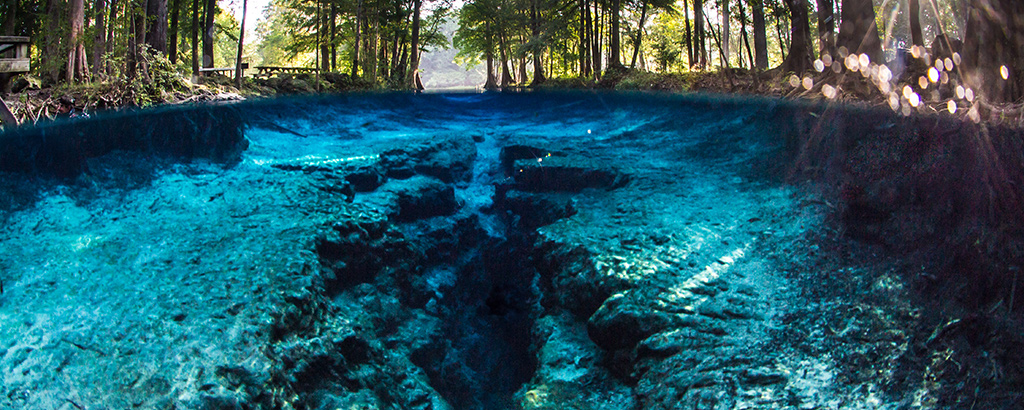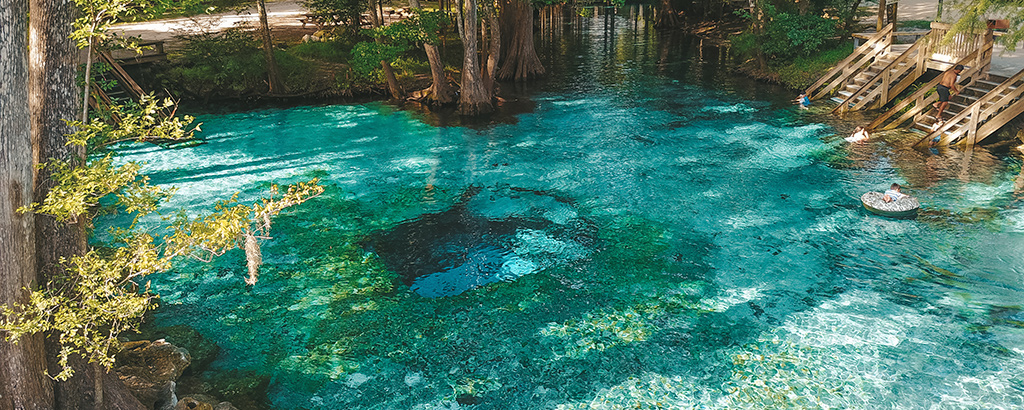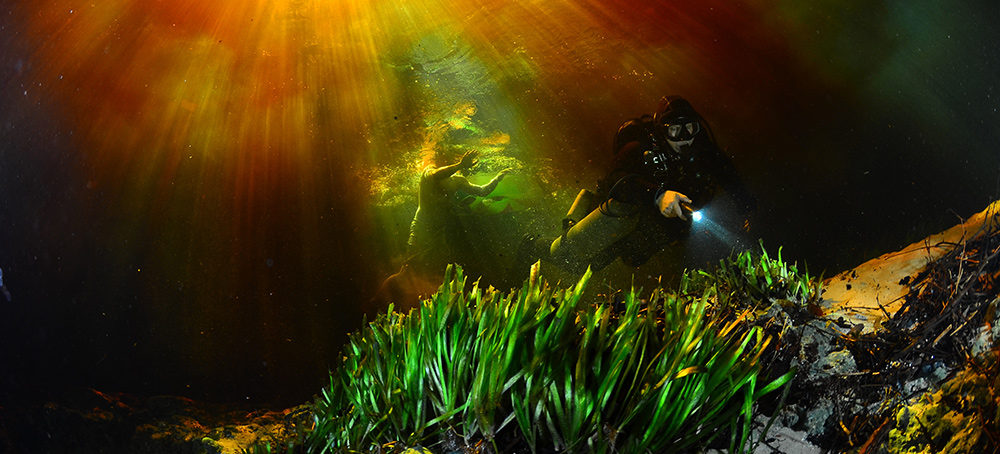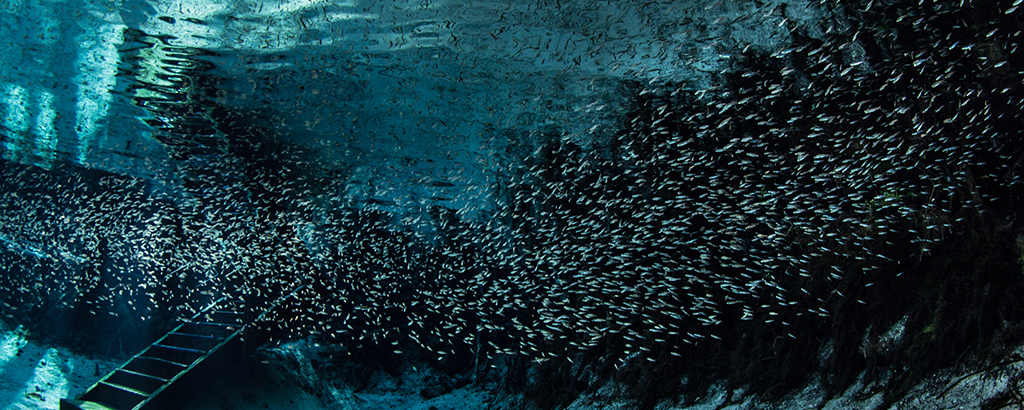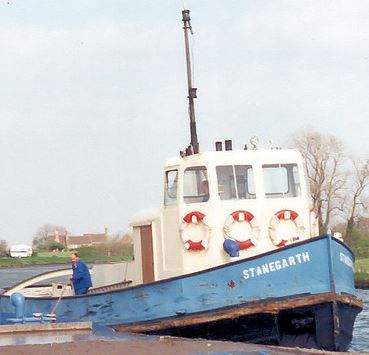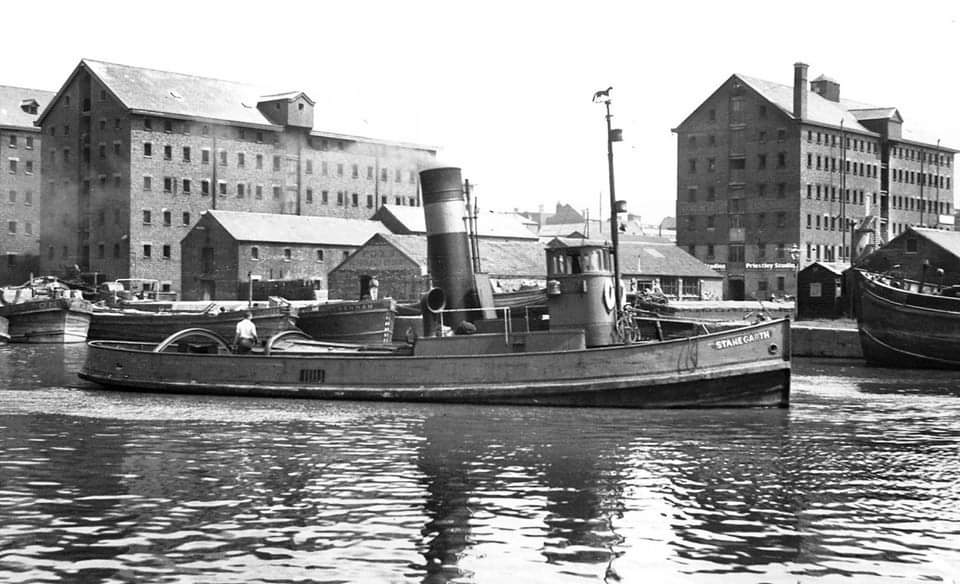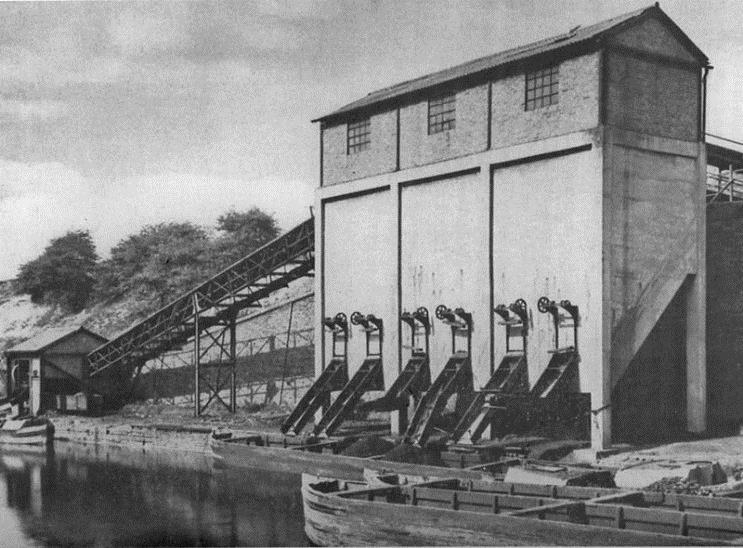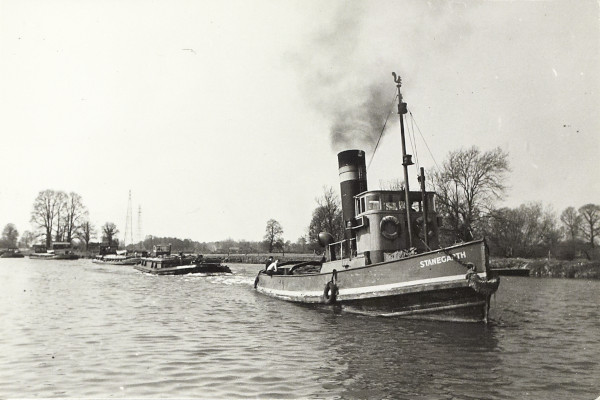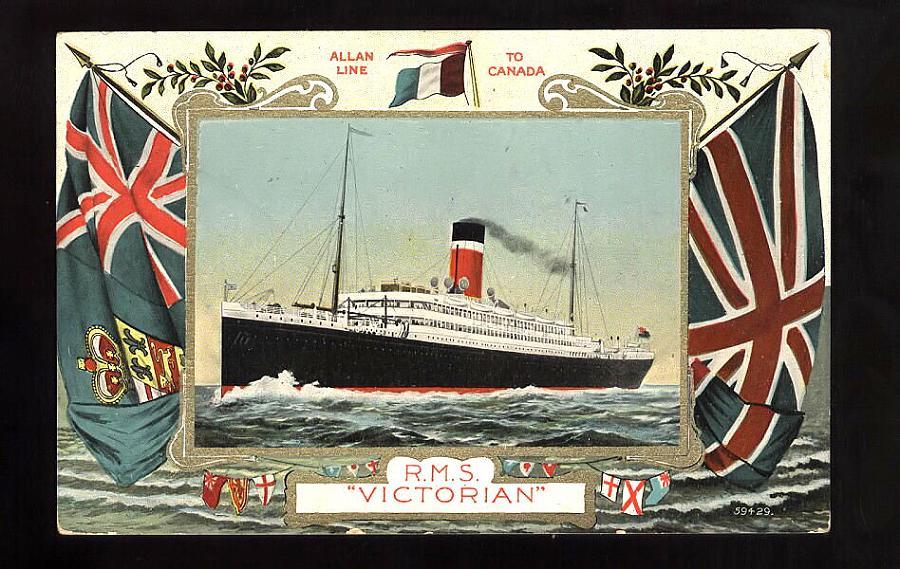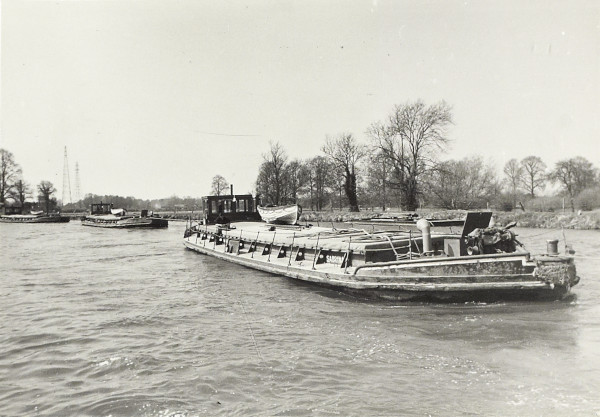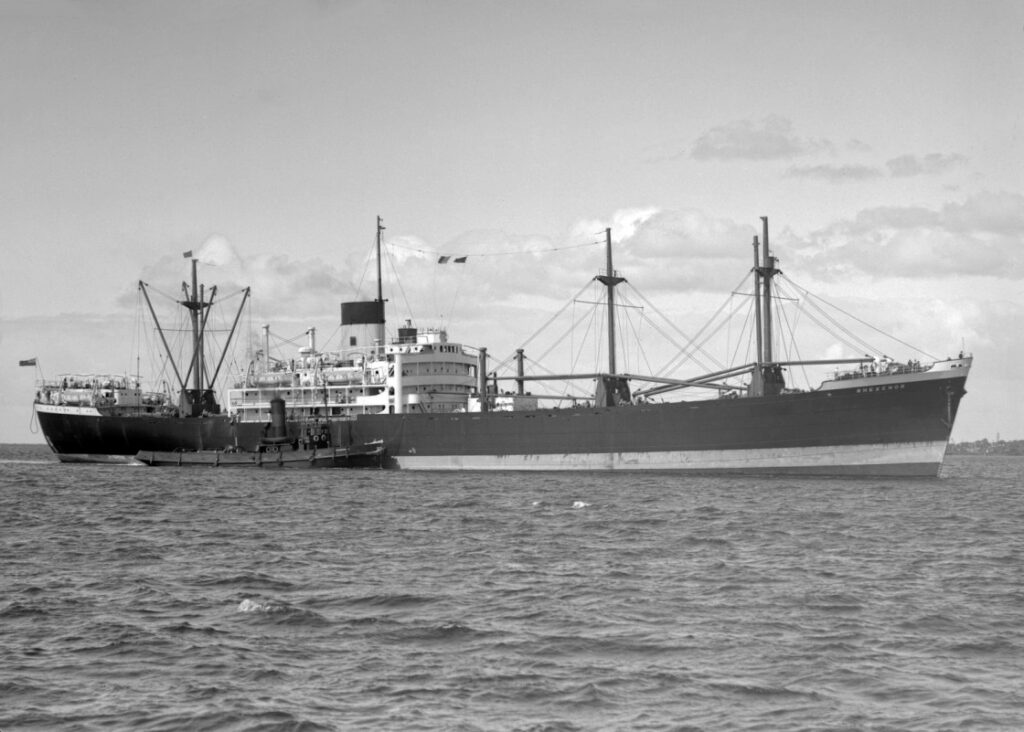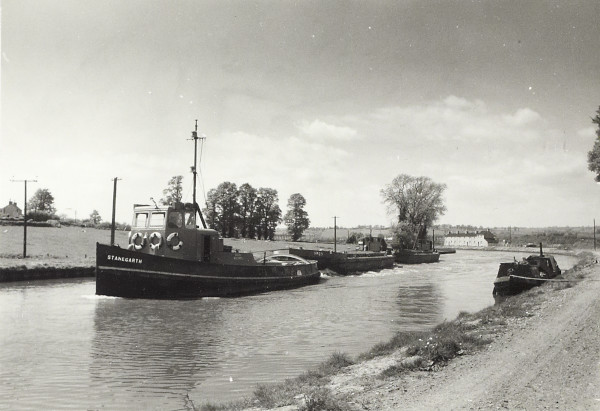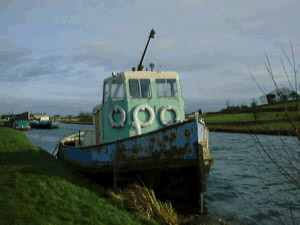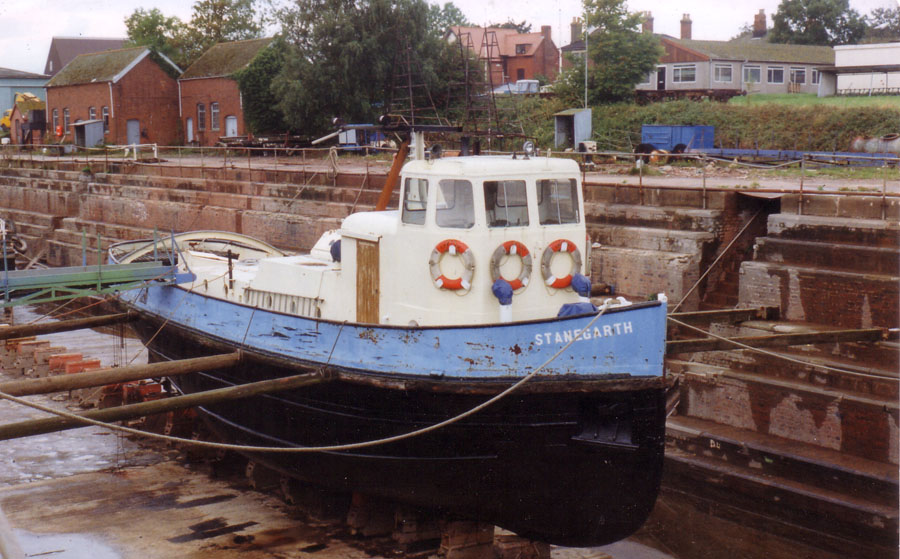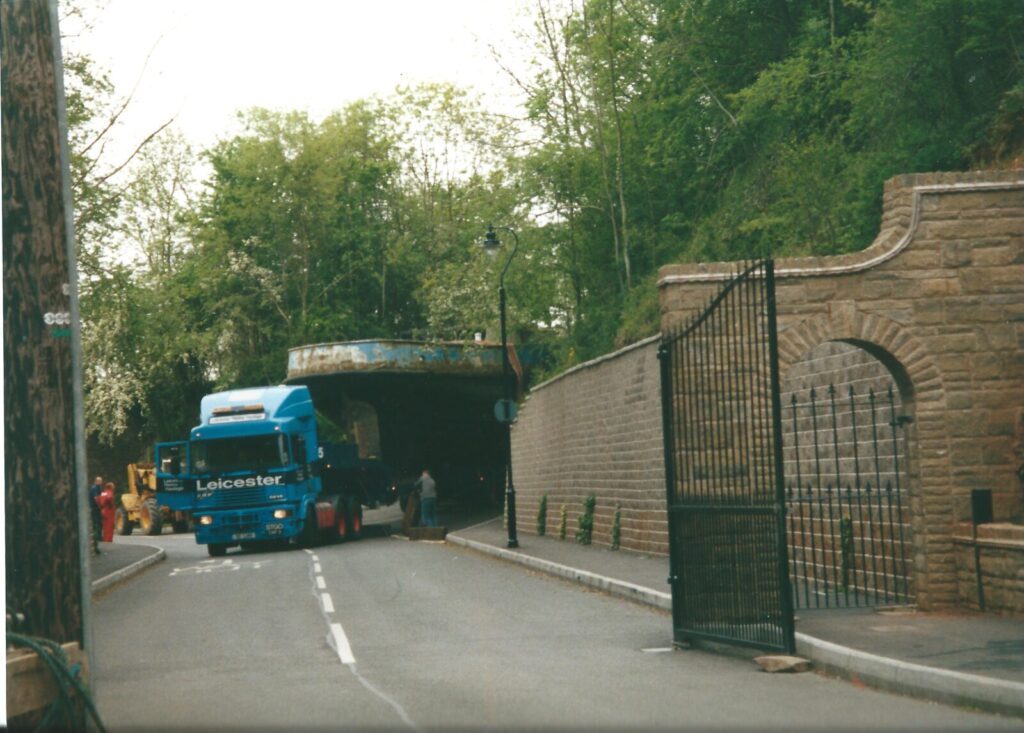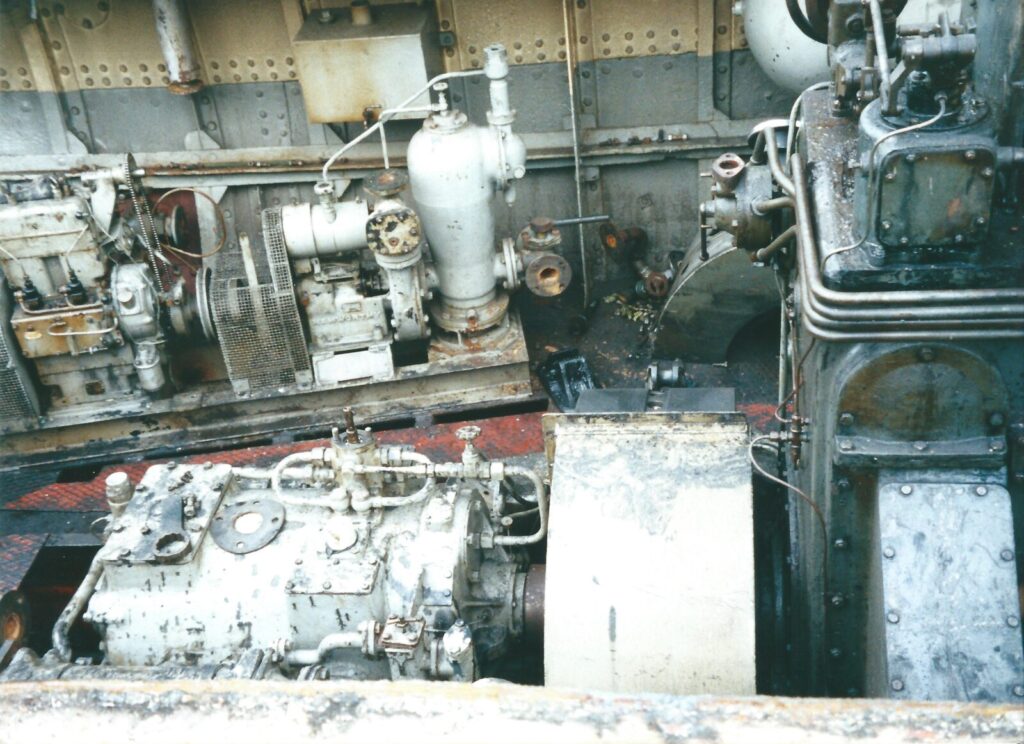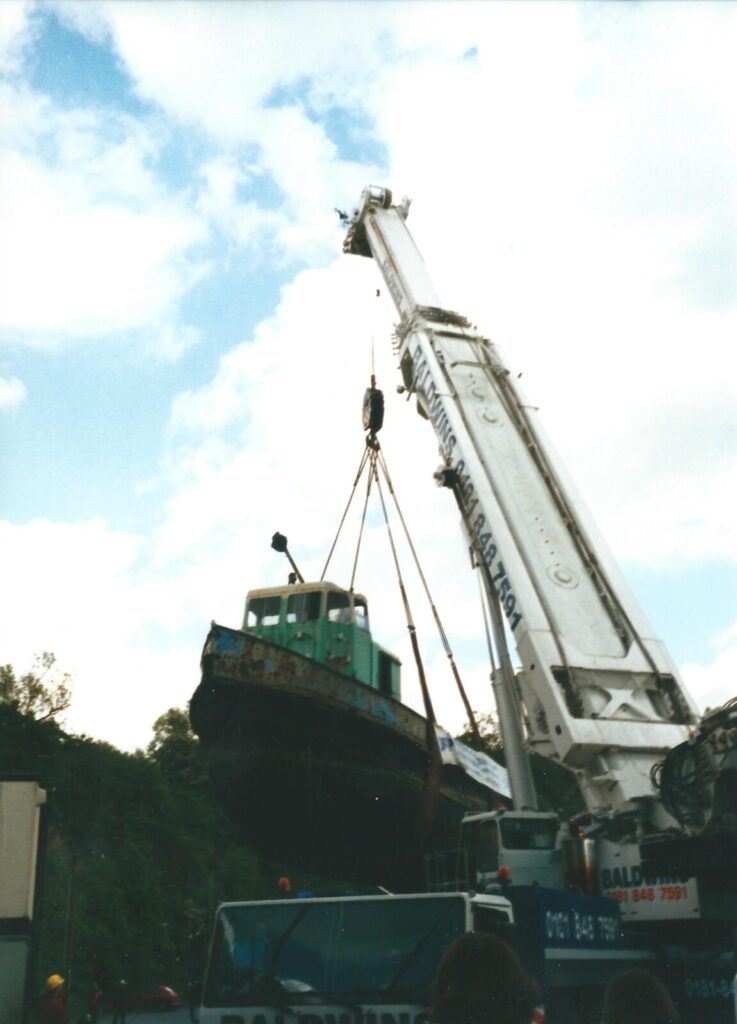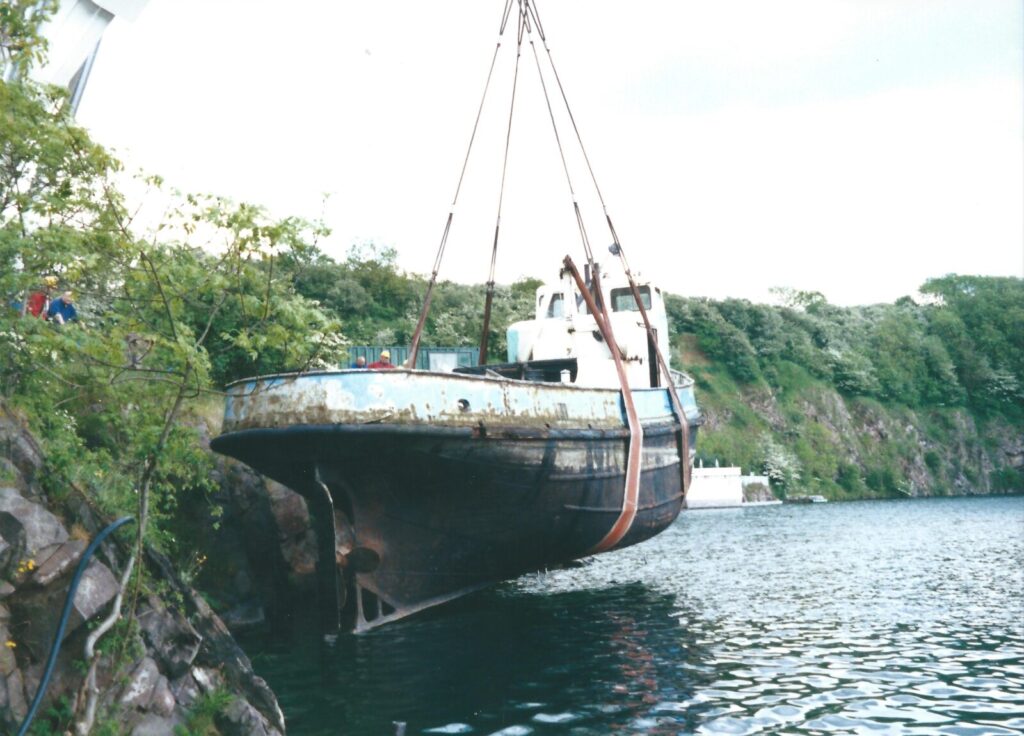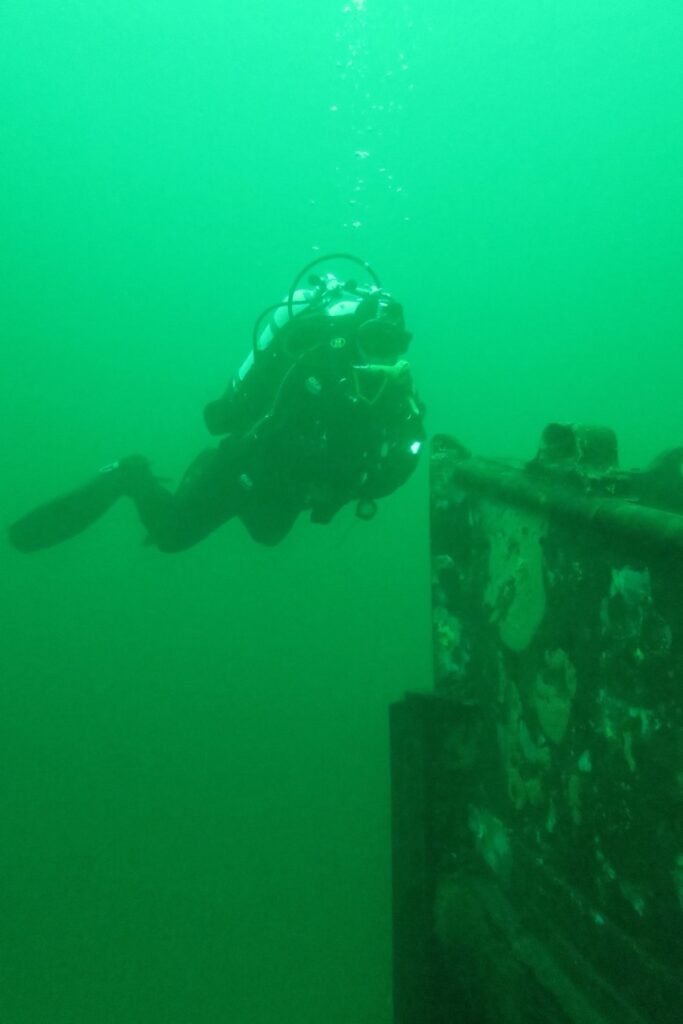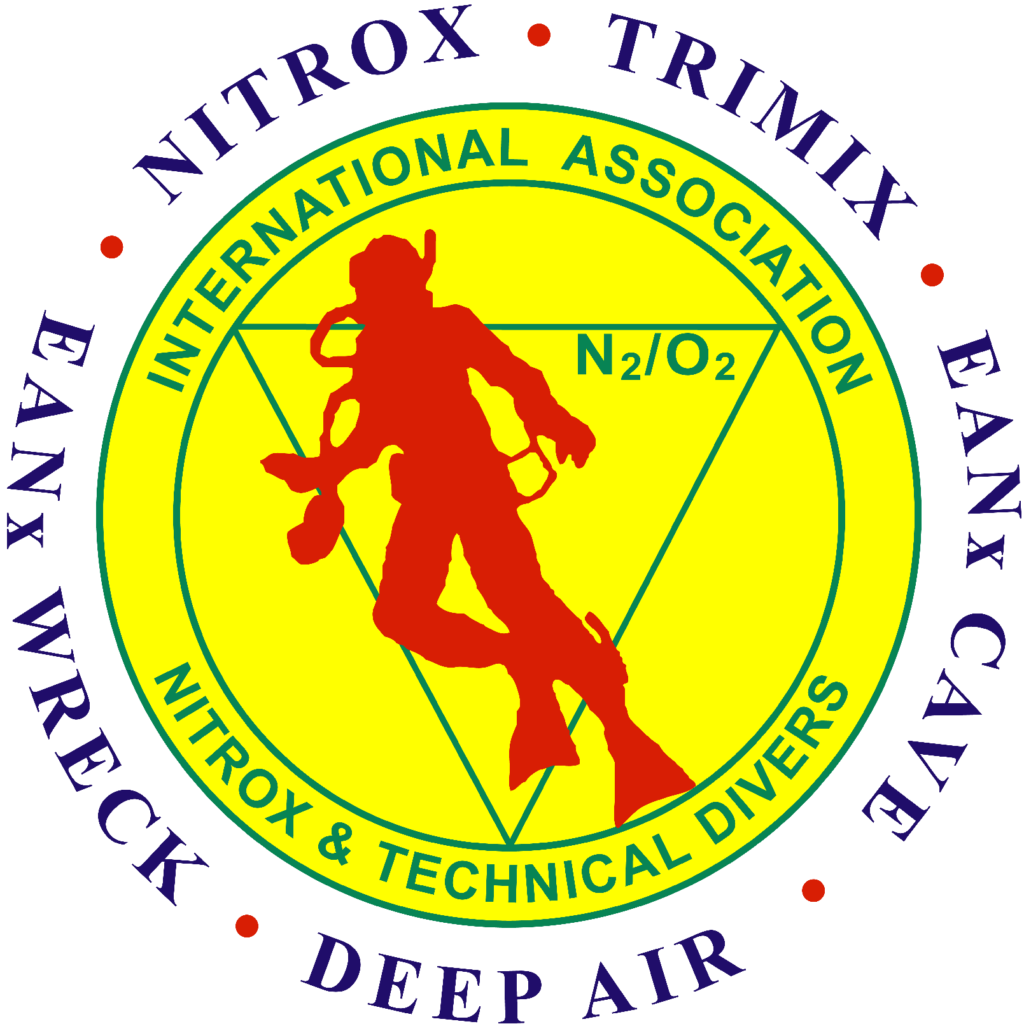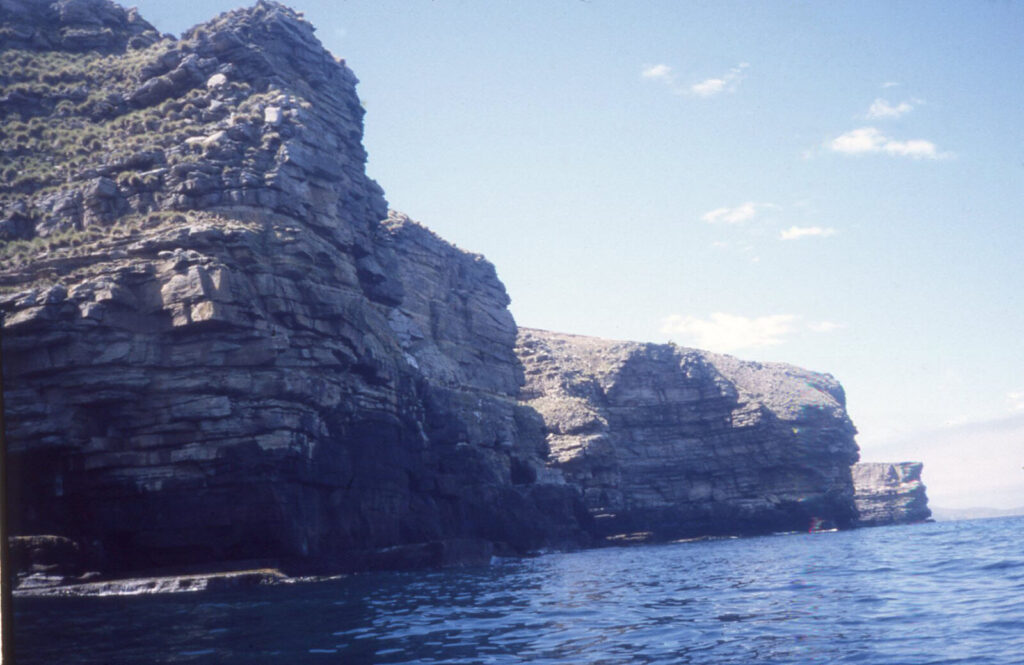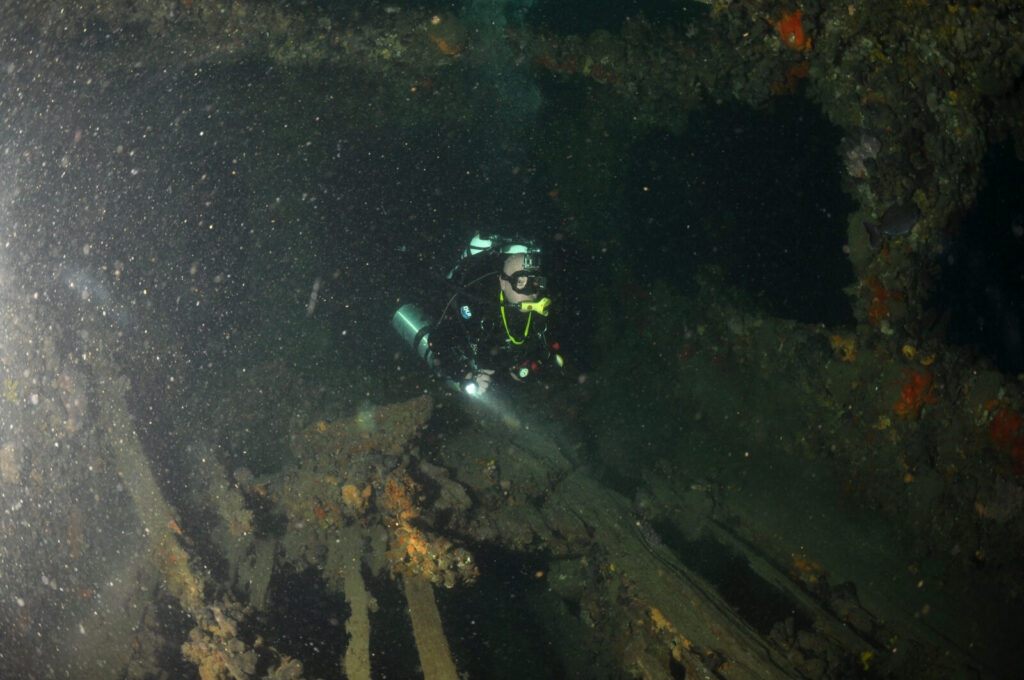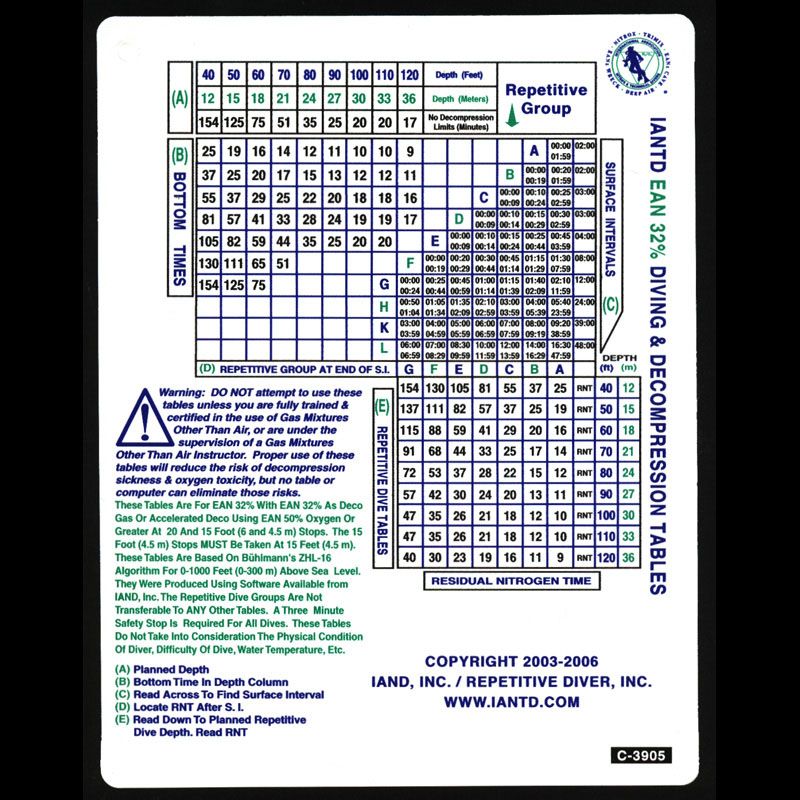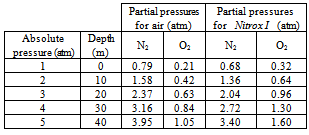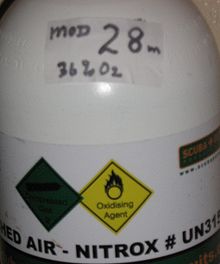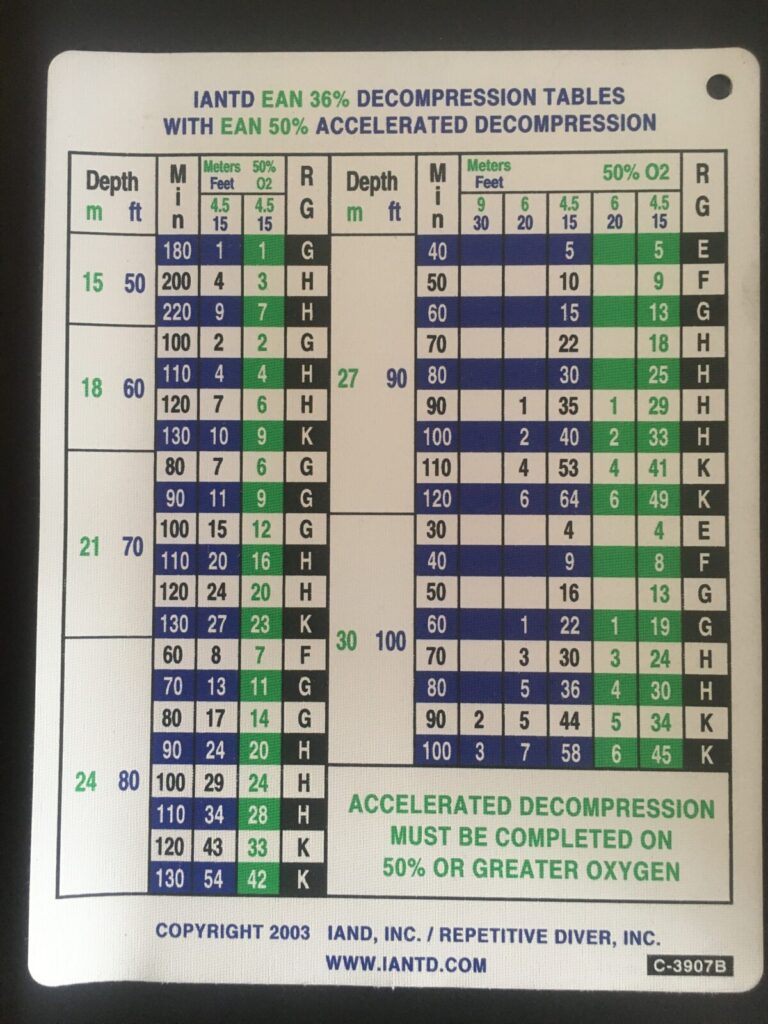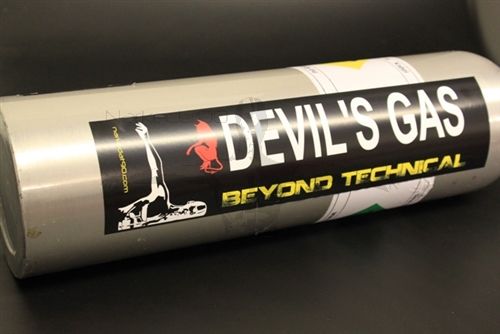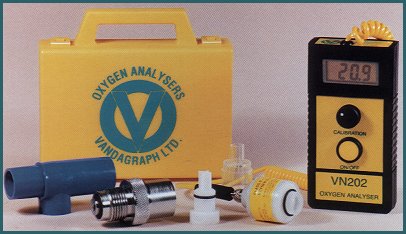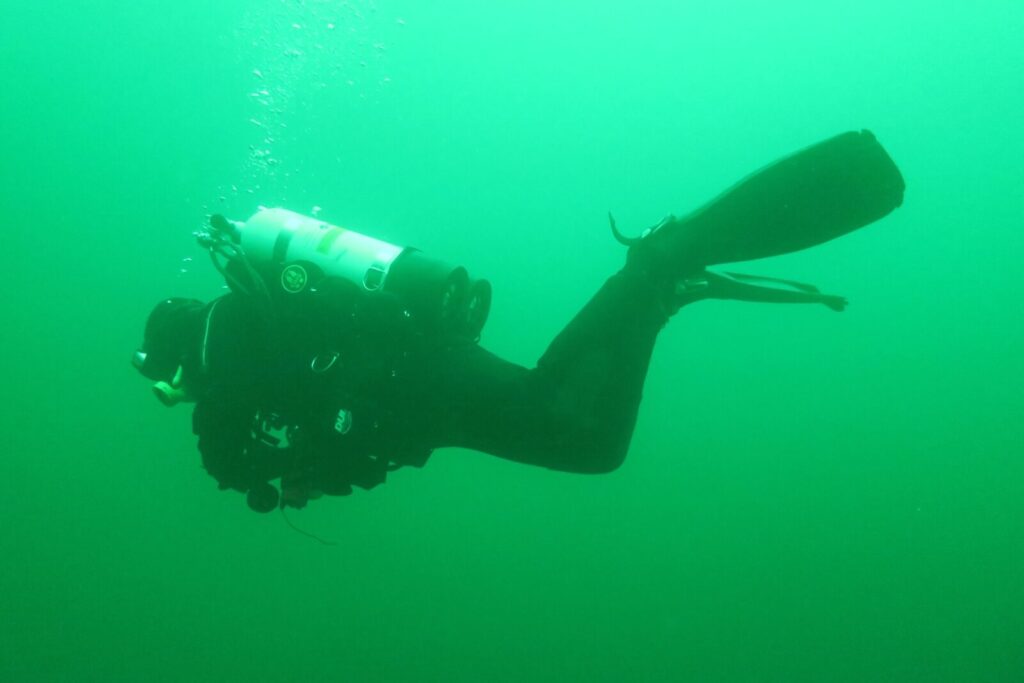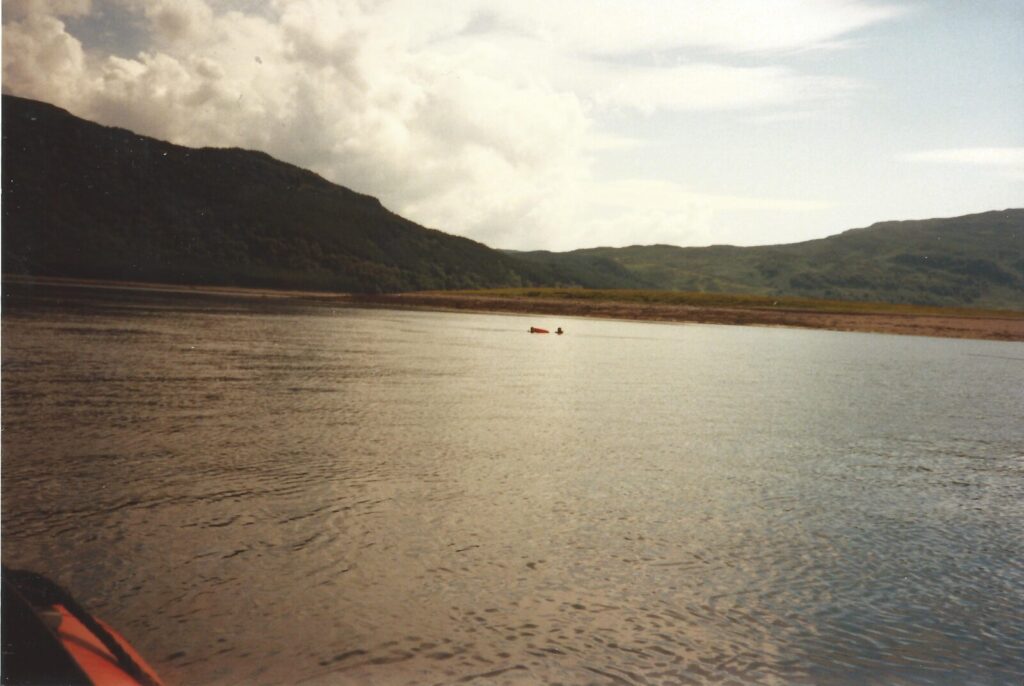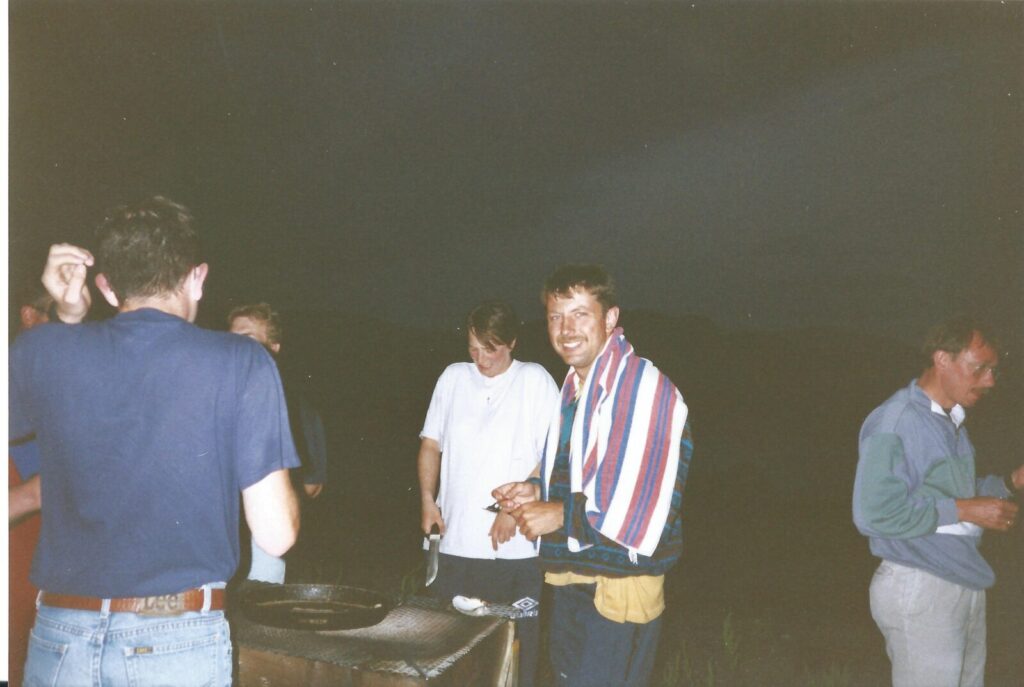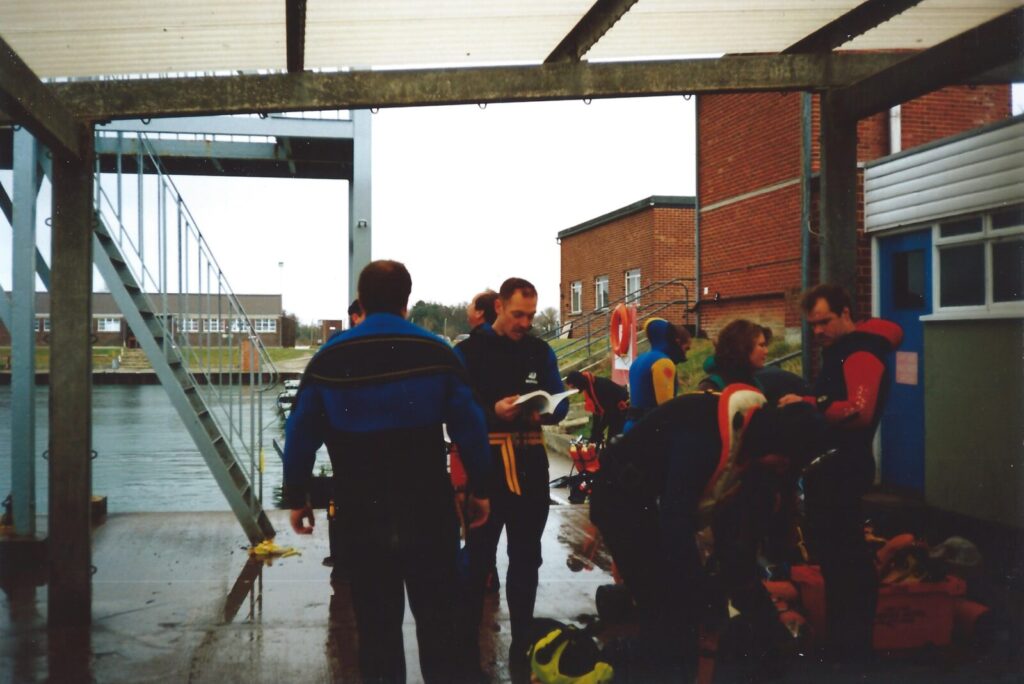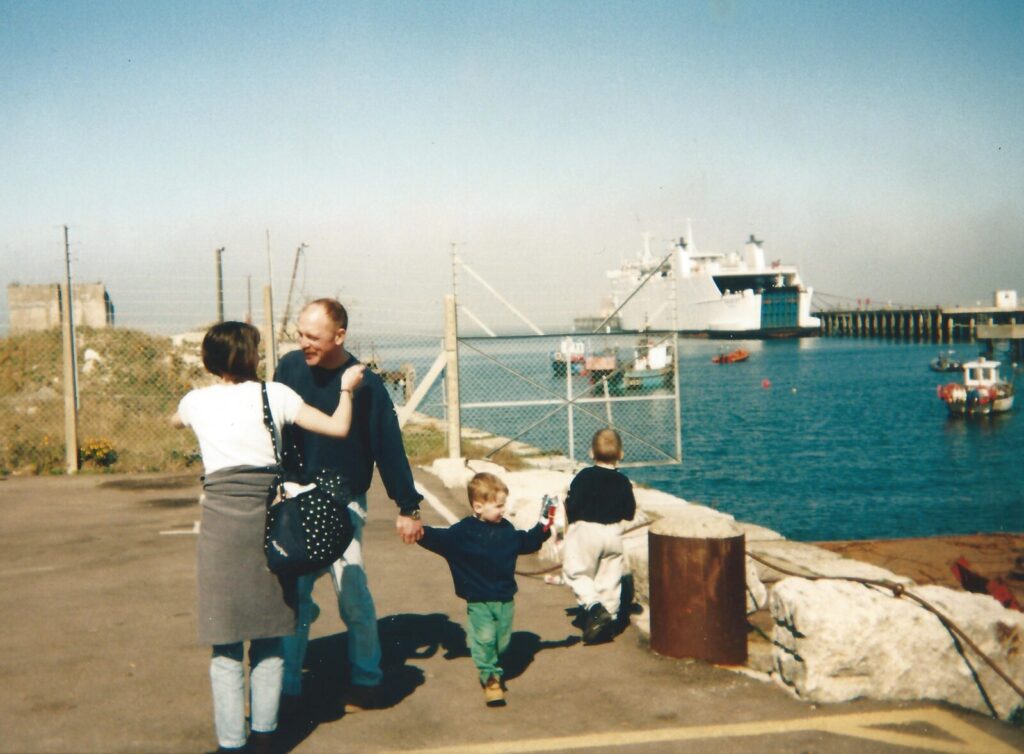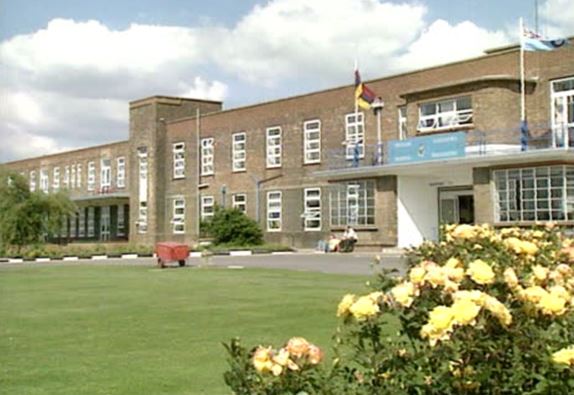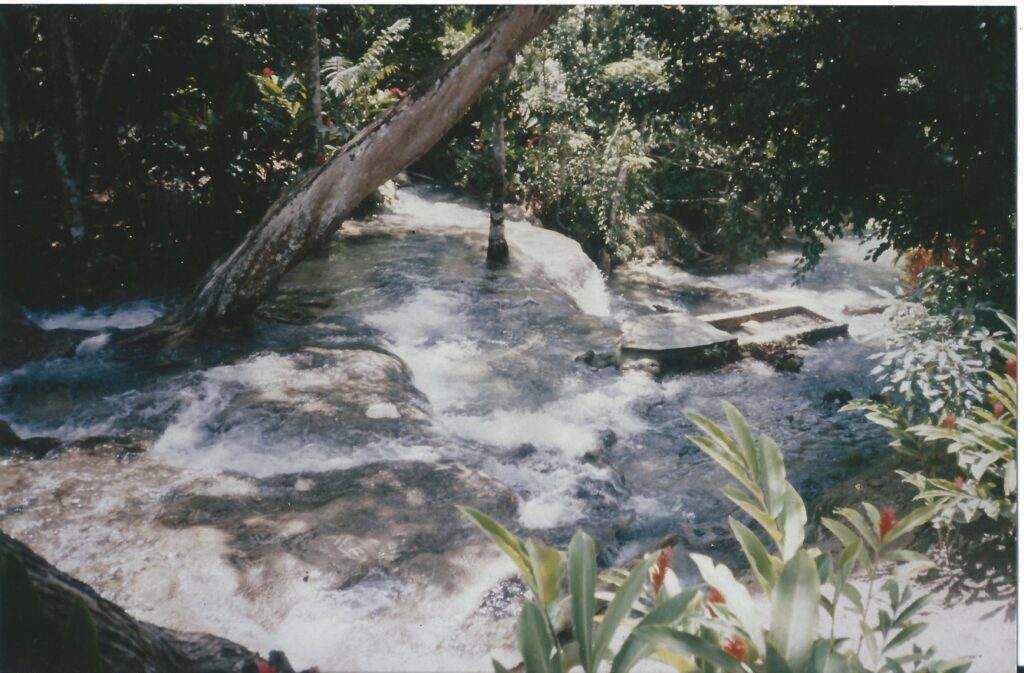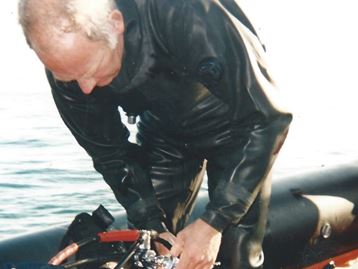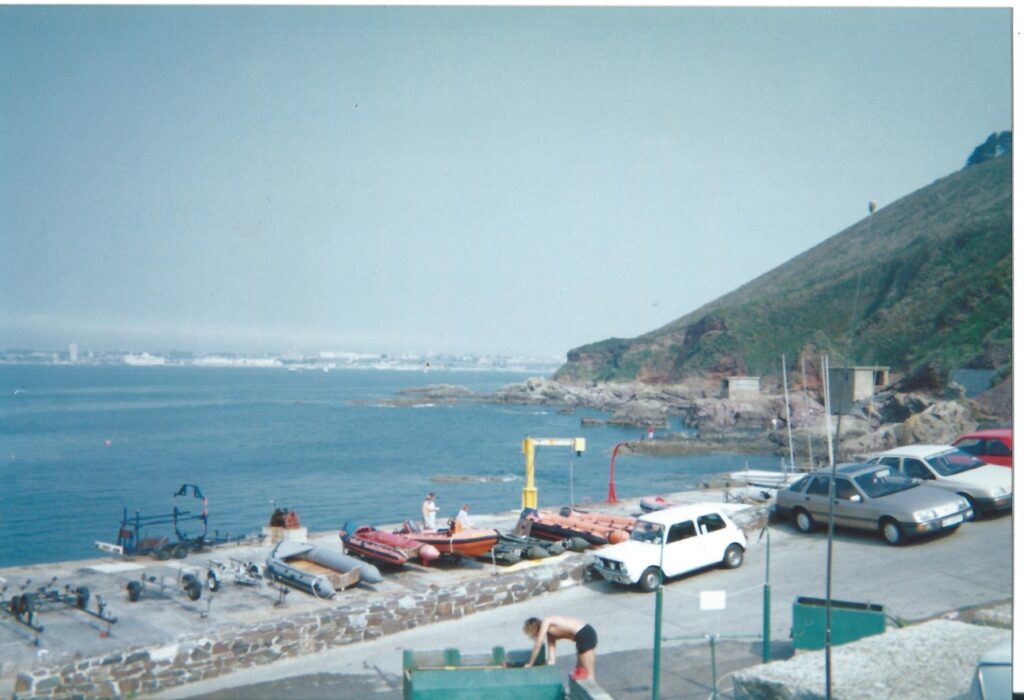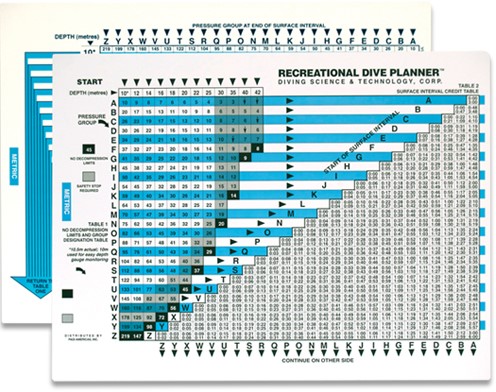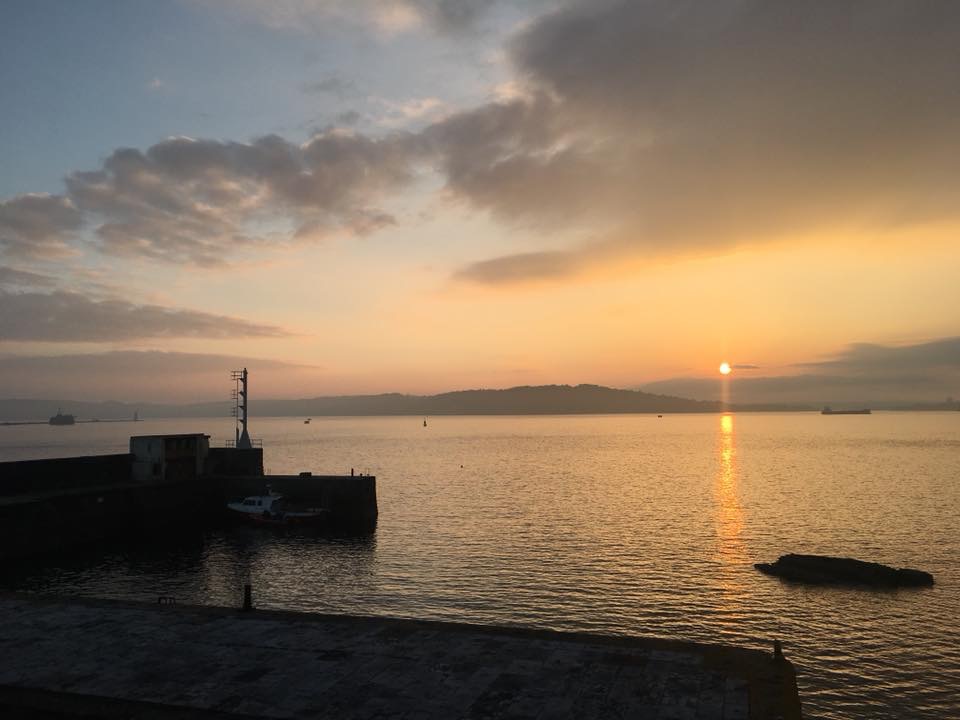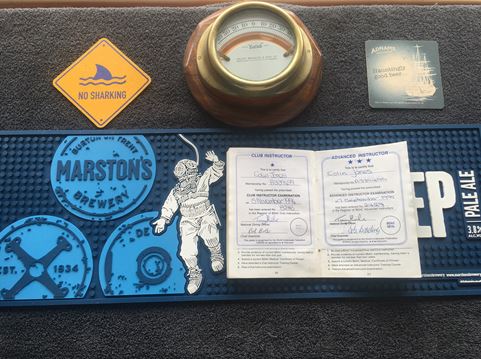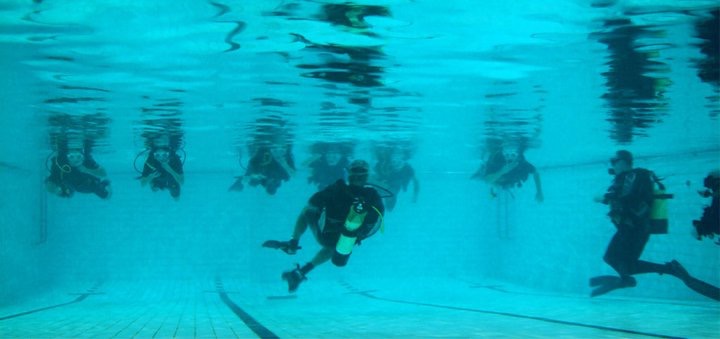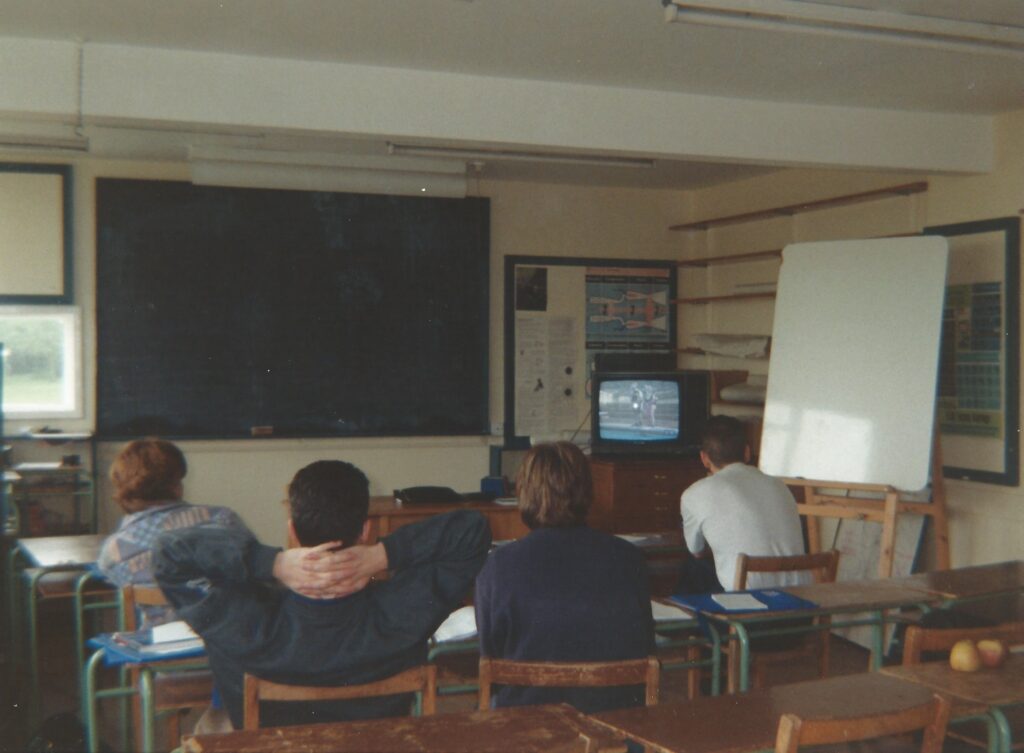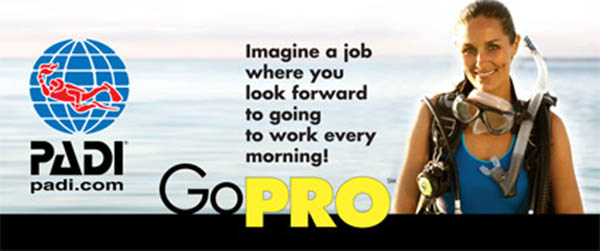I had dived with Sand Tiger Sharks, or Ragged Tooth Sharks (“Raggies” as they are better known on the Outer Banks outside of Morehead City, North Carolina) in Blue Planet aquarium, part of the Cheshire Oaks complex, with groups from FSAC. I loved their sinister look and their air of unconcerned contempt as they swam by us or cruised overhead, I had not the heart to believe I would dive with them in their natural habitat at the time, but I couldn’t know then what was in store when I took a wreck trip to Torpedo Alley, off North Carolina in 2017
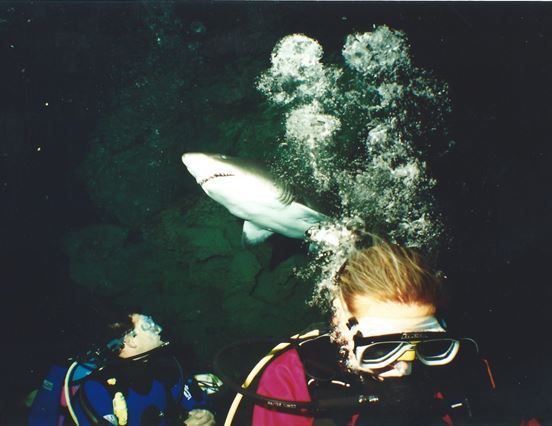
The USS Aeolus, designated ARC-3, was commissioned as USS Turandot (AKA-47), within the Artemis-class of attack cargo ships in 1945, she was built by the Walsh-Kaiser Co of Providence, Rhode Island (made famous by the Eagles in the song “The Last Resort” from the Hotel California album). Aeolus, (from Aiolos the Greek God and keeper of the winds), was converted into a cable repair ship to support Project Caesar In 1954
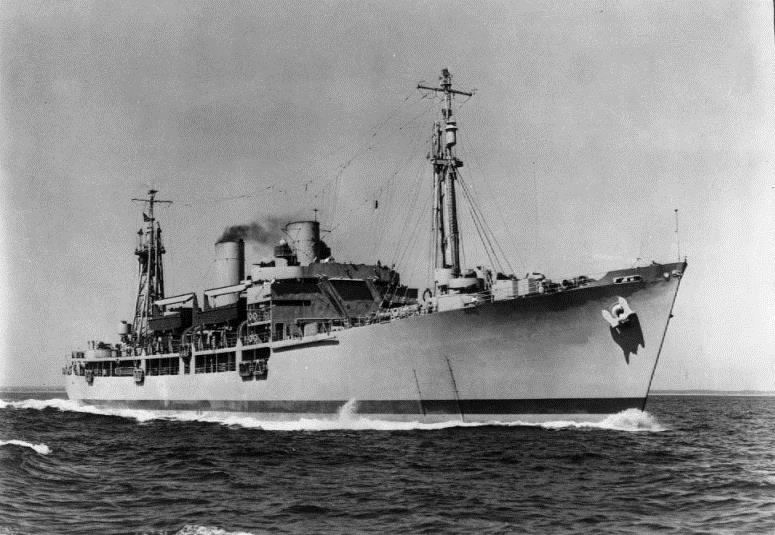
Project Caesar was the code name for installation of the US Surveillance System SOSUS, or “Sound Surveillance System” a passive sonar system developed by the United States Navy to track Soviet submarines in the 1960’s. Aeolus was the first of two ships to be converted into cable carrying/laying ships, a service she performed for the US Navy for over thirty years from 1955 to 1973 and then she was transferred to a civilian role as USNS Aeolus (T-ARC-3) from 1973 until 1985 in the US Military Sealift Command (MSC) retiring in 1985 to be sunk as an artificial reef off Morehead City, North Carolina in 1988
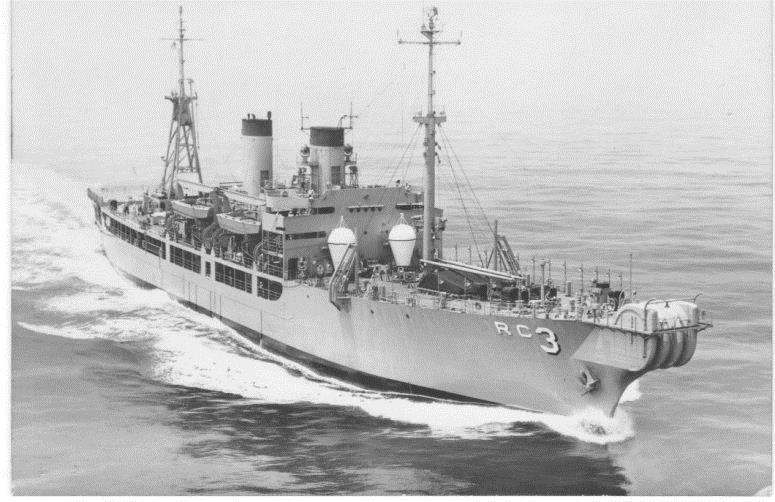
Artemis Class Attack Cargo Ships were designed to carry military cargo and landing craft, and to land weapons, supplies, and troops on enemy shores during amphibious operations, in the same way the UK uses Landing Craft Logistics’ (LSL) like the Sir Galahad. The Artemis class had a much shallower draft than other AK Class ships and an additional lower main deck, otherwise these ships were built on a standard hull design, sometimes “customised” ship to ship, and designated “S-Type” for special-purpose ships. For those who love the detail:
Artemis-class attack cargo ship
Type: S4–SE2–BE1
Displacement: 4,087 tons (4,153 t) Unladen. 7,080 tons (7,194 t) Loaded
Length: 438 ft (134 m)
Beam: 58 ft (18 m)
Draft: 19 ft (5.8 m)
Propulsion: Turbo-electric, two prop shafts
Speed: 16.9 knots (31.3 km/h; 19.4 mph)
Turandot’s armament during 1944–1945 was the 5″/38 calibre (American calibre reference) gun, operating in dual role of anti-aircraft and fire support, and the 40 mm anti-aircraft gun. Older 20 mm and .50 calibre guns were being phased out, but still occasionally appeared on some of these ships. Turandot was converted to cable lay/repair by the Bethlehem Steel Co. in Baltimore, Maryland and renamed Aeolus, with a US Navy crew consisting of nine officers and 196 enlisted personnel, with civilian cable or survey personnel as and when required. Aeolus new role was to transport, deploy, retrieve and repair cables and to conduct acoustic, hydrographic, and bathymetric surveys. To facilitate this Aeolus had three 34 ft (10.4 m) diameter “cable tanks” fitted, each with a capacity of about 20 Nautical miles (23 mi; 37 km) of five inch armoured cable or 250 nmi (290 mi; 460 km) of coaxial cable
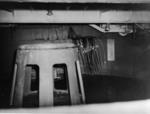
All cable Aeolus laid was tested by civilian experts in the ships cable test room. Aeolus was assigned to support the Sound Surveillance System (SOSUS) programme, covertly known as Project Caesar, which was a passive sonar system developed by the United States Navy to track Soviet submarines. The system consisted of bottom-mounted hydrophone arrays connected by underwater cables to facilities ashore, and was capable of oceanic surveillance, with long ranges made possible by exploiting the “deep sound channel”, or SOFAR channel. SOSUS was ground breaking for its time and on an epic, global scale (www.wikipedia, on-line: Accessed 04/07/2020) “SOSUS grew out of tasking in 1949 to scientists and engineers to study the problem of antisubmarine warfare. It was implemented as a chain of underwater hydrophone arrays linked by cable, based on commercial telephone technology, to shore stations located around the western Atlantic Ocean from Nova Scotia to Barbados.” It might be of interest to UK readers of this blog, especially those of us who are or were military, to know that In 1974 Naval Facility (NAVFAC) Brawdy, Wales, was established as the terminus of new arrays covering the eastern Atlantic. Brawdy became the first “super NAVFAC” with some four hundred U.S. and United Kingdom military and civilian personnel assigned. The facility was adjacent to the Royal Air Force Station at Brawdy which had returned to RAF control during February 1974 after closure in 1971. SOSUS successes are notable, (www.wikipedia, on-line: Accessed 04/07/2020) “….the first detection of a Soviet nuclear submarine (6 July 19620) when NAVFAC Barbados recognized and reported contact #27103, a Soviet nuclear submarine west of Norway coming into the Atlantic through the Greenland-Iceland-United Kingdom (GIUK) gap. When the USS Thresher (SSN-593) sank in 1963, SOSUS helped determine its location. In 1968, the first detections of Victor and Charlie class Soviet submarines were made, while in 1974 the first Delta class submarine was observed. In 1968, SOSUS played a key role in locating the wreckage of a US nuclear attack submarine, the USS Scorpion (SSN-589), lost near the Azores in May. Moreover, SOSUS data from March 1968 facilitated the discovery, and clandestine retrieval six years later, of parts of a Soviet GOLF II-class ballistic missile submarine, the K-129, that foundered that month north of Hawaii” Those of you familiar with the work of Robert Ballard, of Woods Hole Oceanographic and Titanic fame, will recognise the significance of the USS Thresher & USS Scorpion in the Wikipedia SOSUS validation
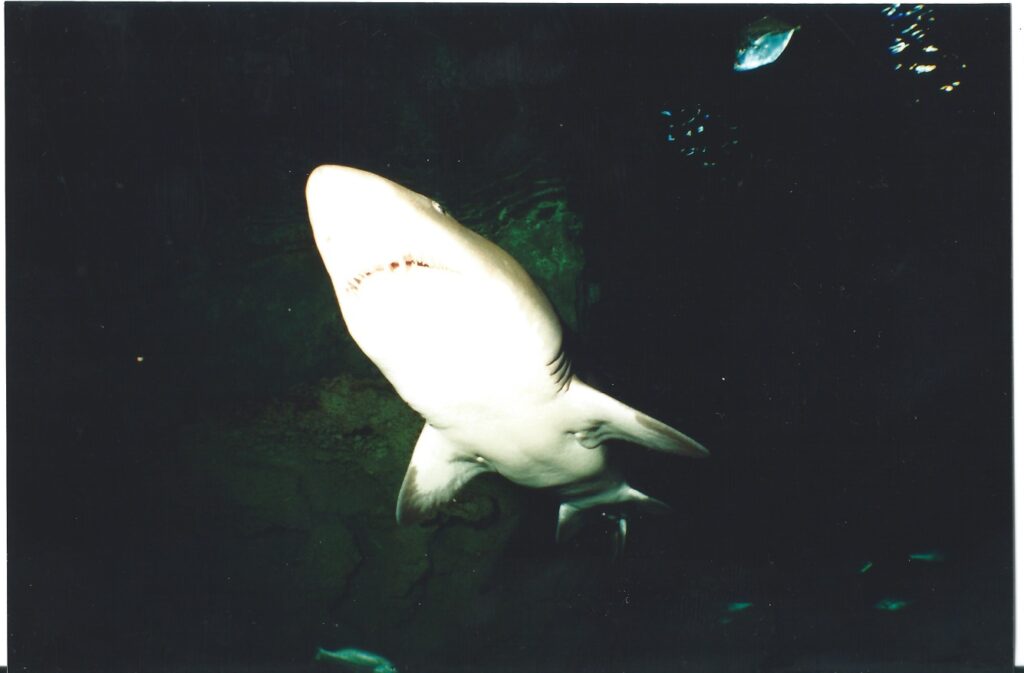
My dive log records our time on Aeolus as: “24/08/2017 Stern of the Aeolus – a WWII cable layer sunk as part of the artificial reef programme in 1988 a placed attraction but a wonderful dive down 3 decks @ the cable reel housing where we came across two real friendly Ragged Tooth Sharks in shoals of bait fish. A great look around & swim through – good dive Air In 200 out 100 Viz 25m Buddy Craig” So why is the Aeolus not in the “Wrecks” section of the blog you might ask, well those who have read the “when is a shipwreck not a shipwreck” piece in “Other Stuff” will know my thoughts on “placed attractions” even when those are part of artificial reef programmes and “of their time” so to speak. Aeolus is a genuine WWII era ship, commissioned in the dying months of the war, however, she is not a “loss” but simply a placed attraction. Did I enjoy my dive on her, very much so, the marine life on Aeolus is exceptional, the Ragged Tooth Sharks were wonderful to dive with, and if Aeolus wasn’t there I’m not sure the “Raggies” would have been either, so Aeolus has her place, but, for me, is an artificial wildlife haven (on similar lines to Knowsley Safari-Park), when compared to the Serengeti………she is not a “real” shipwreck
Anyhow, if you have the time, why not see Aeolus and her Ragged Tooth Sharks for yourself……..
